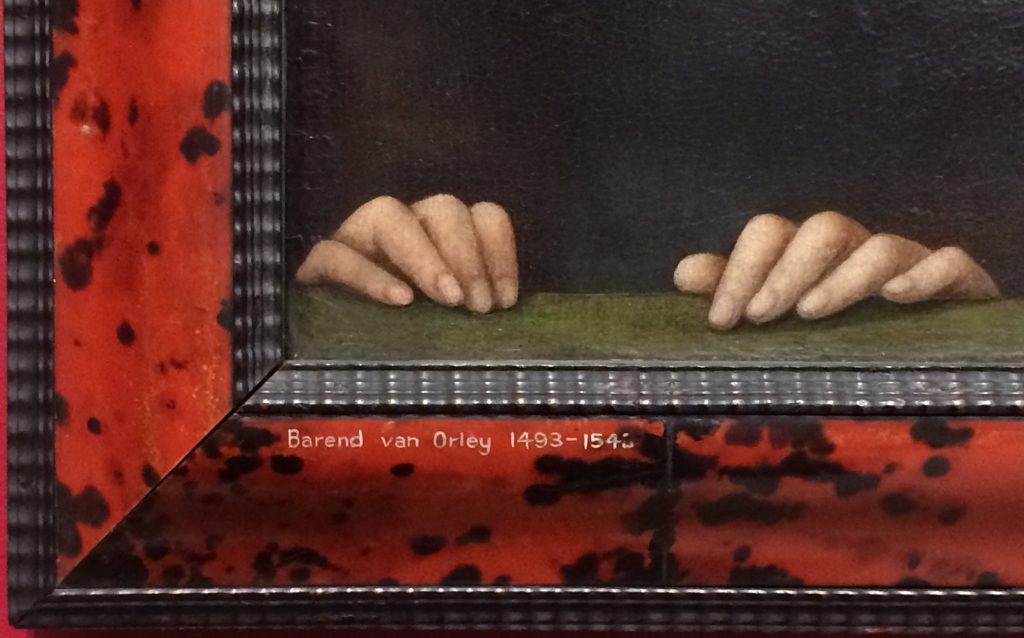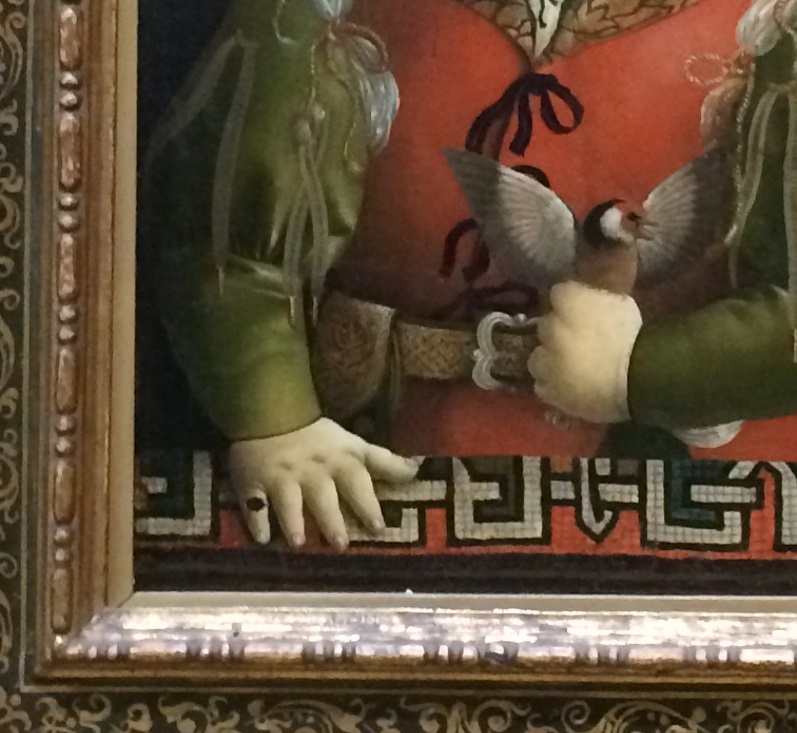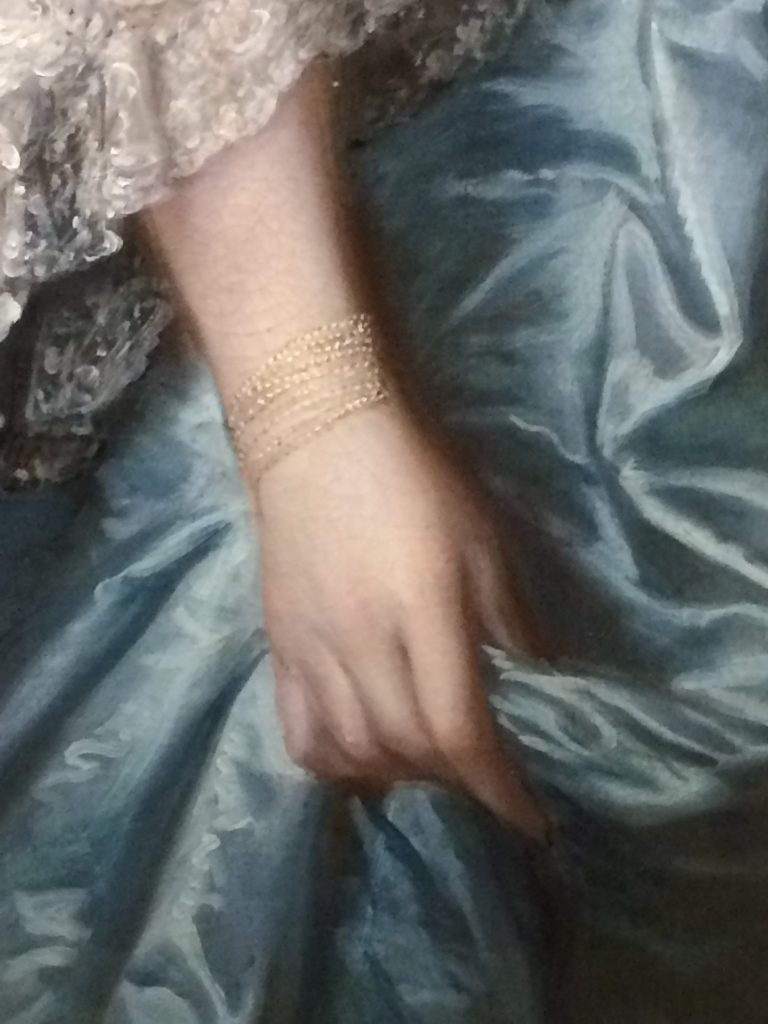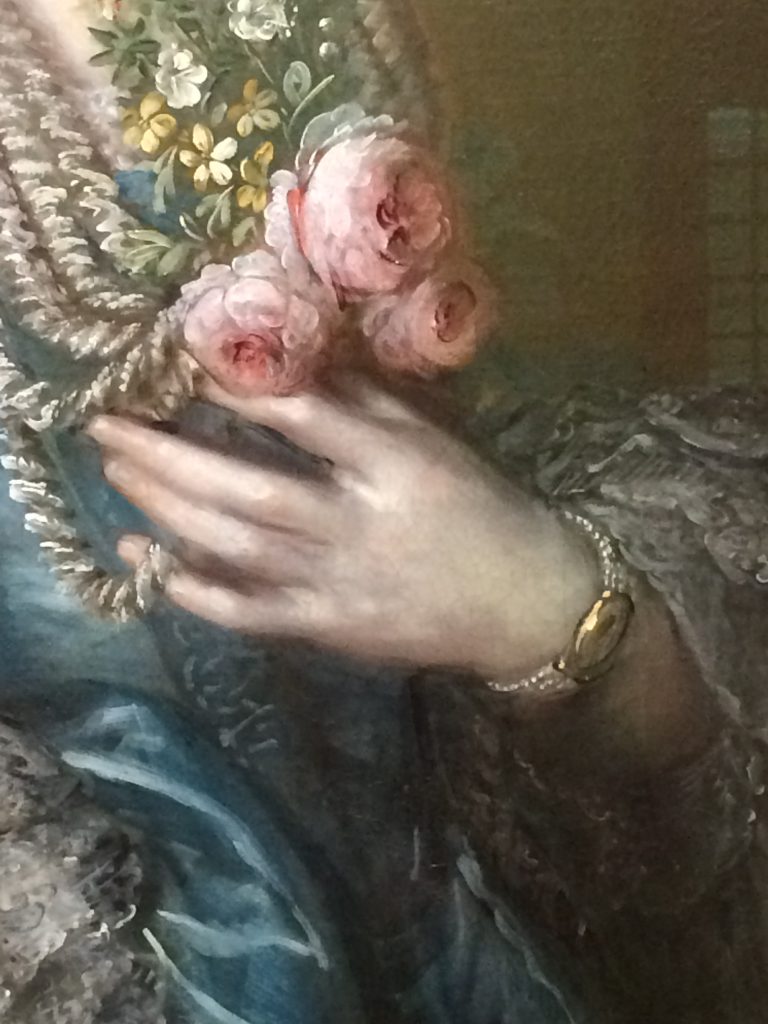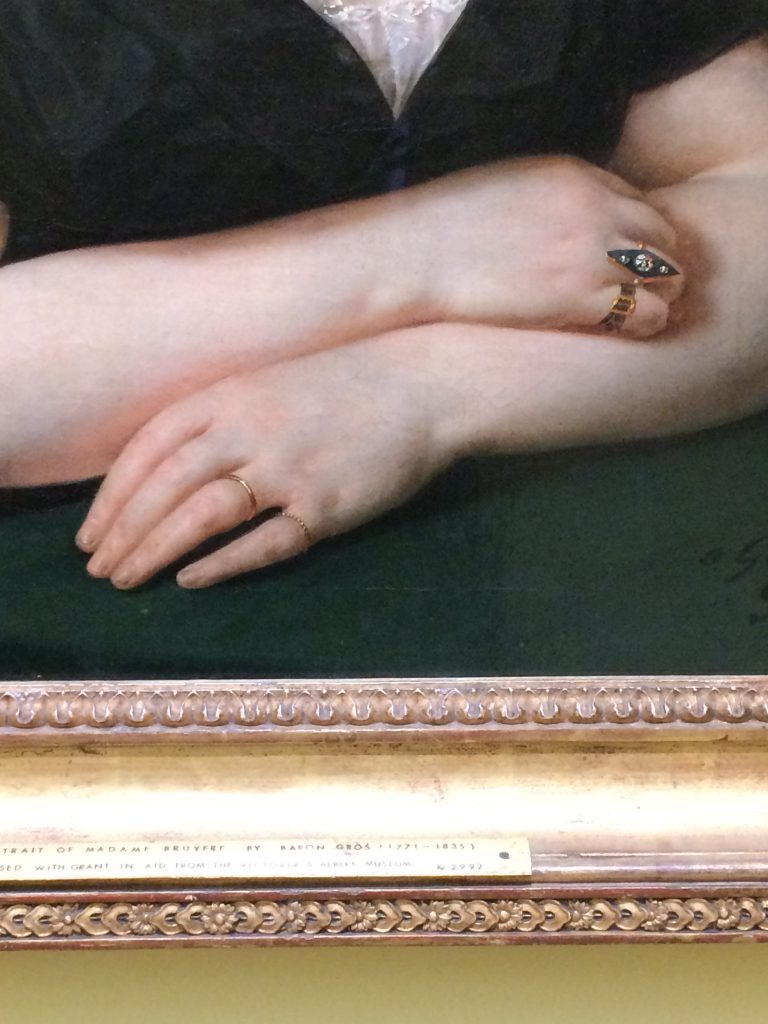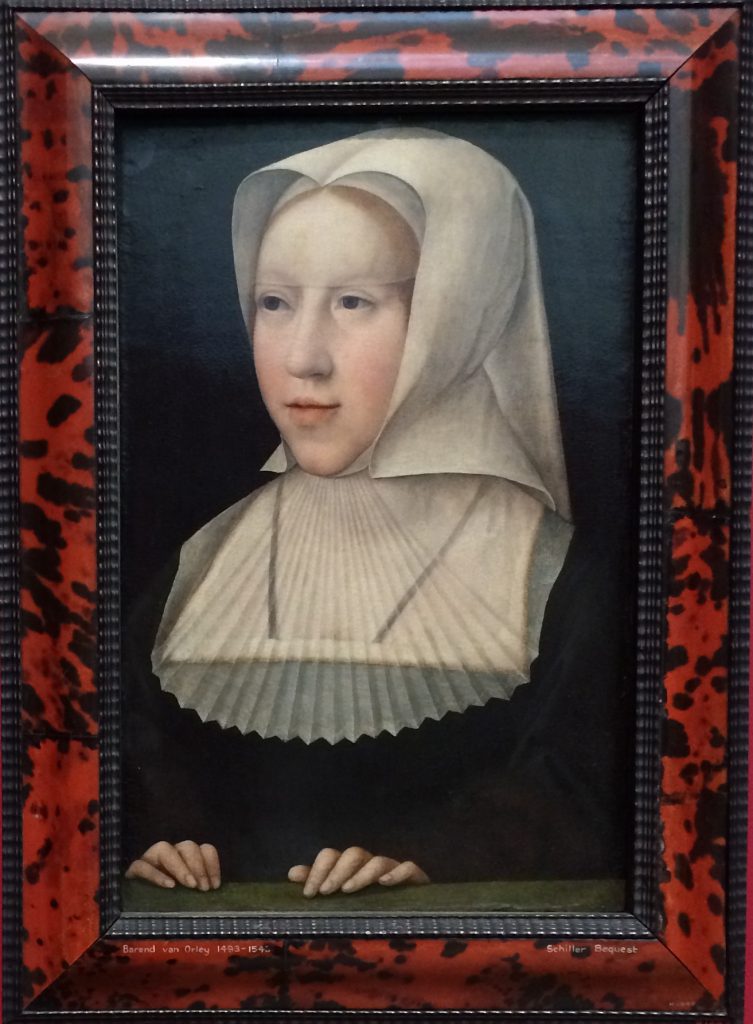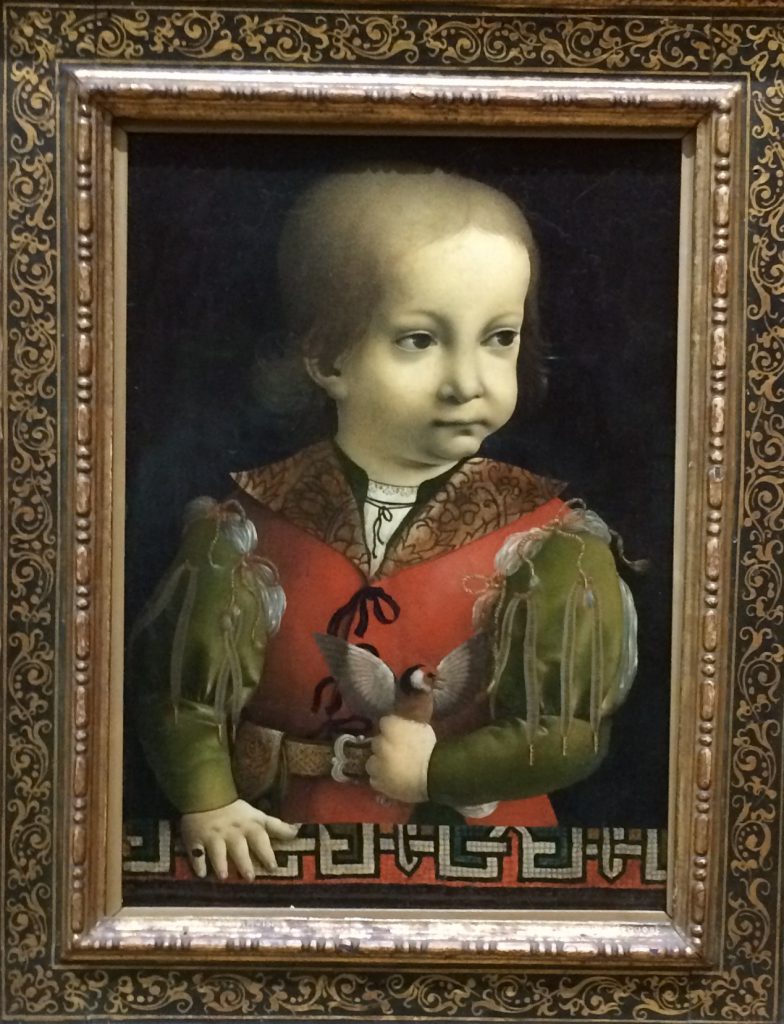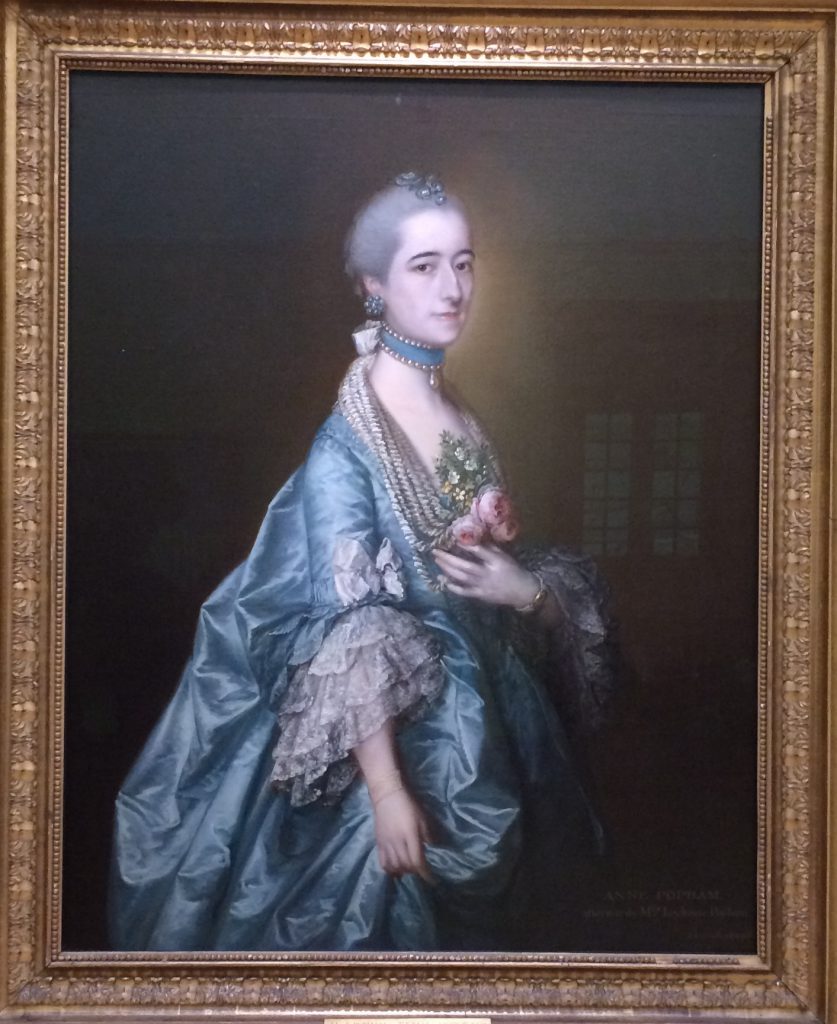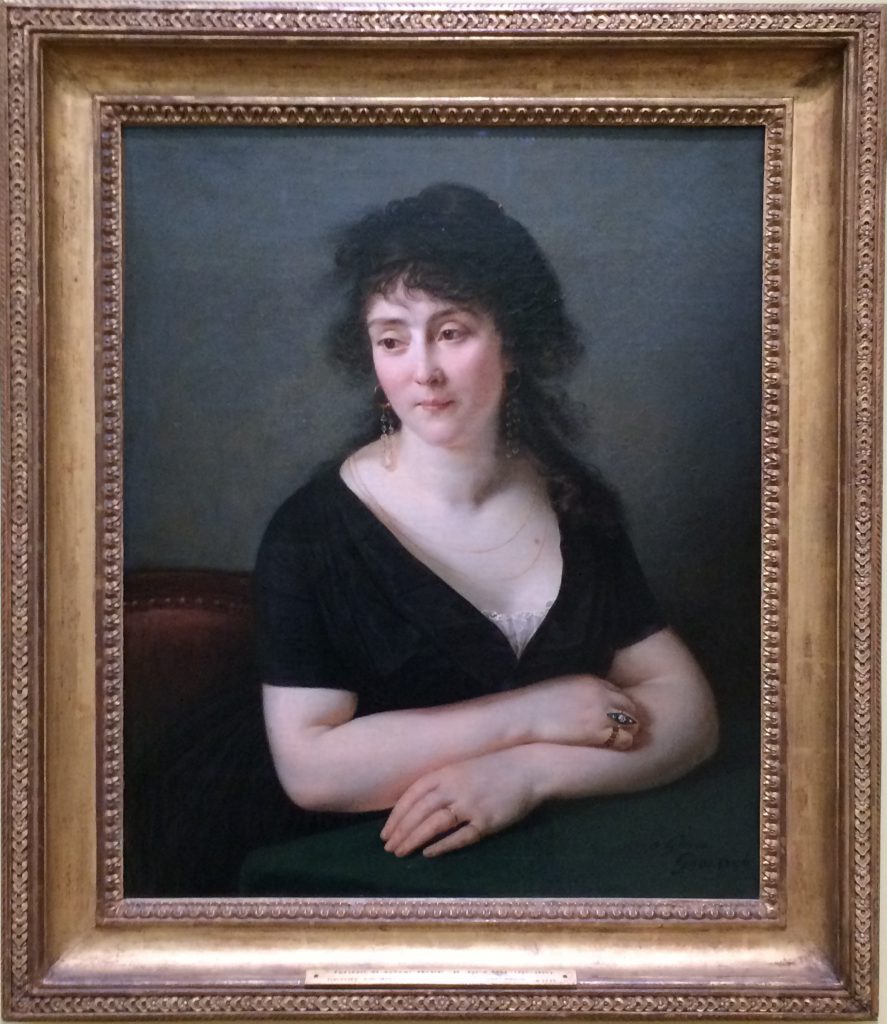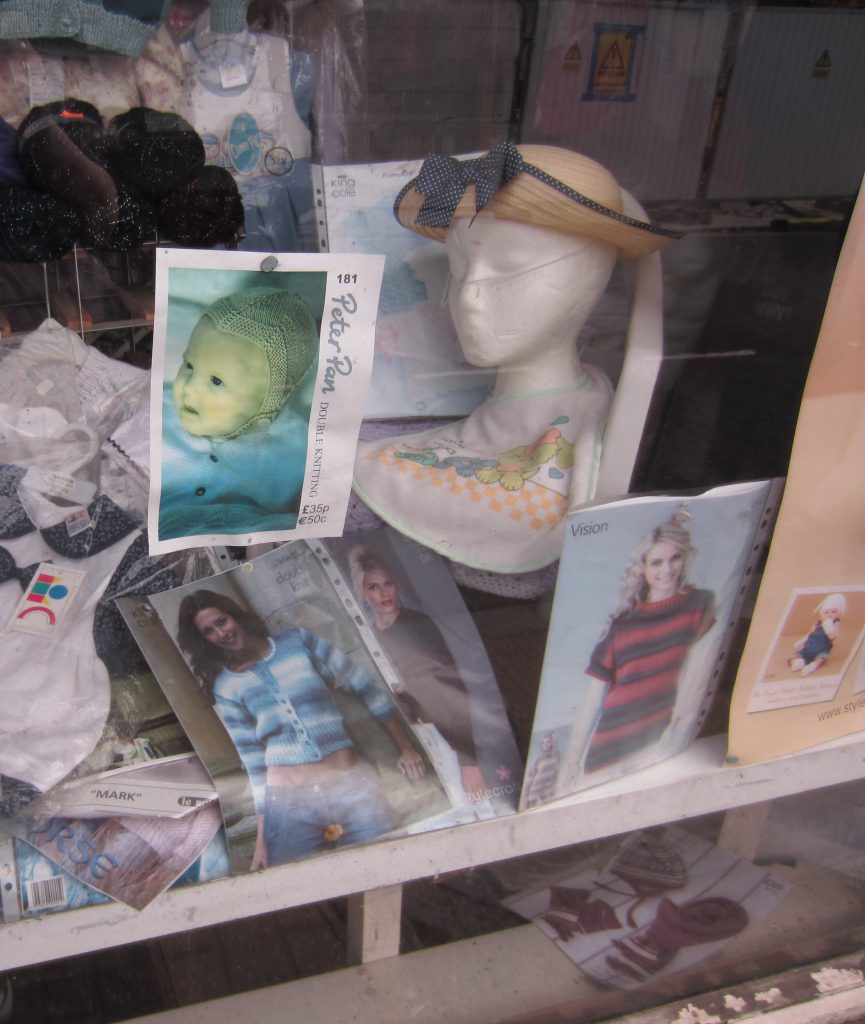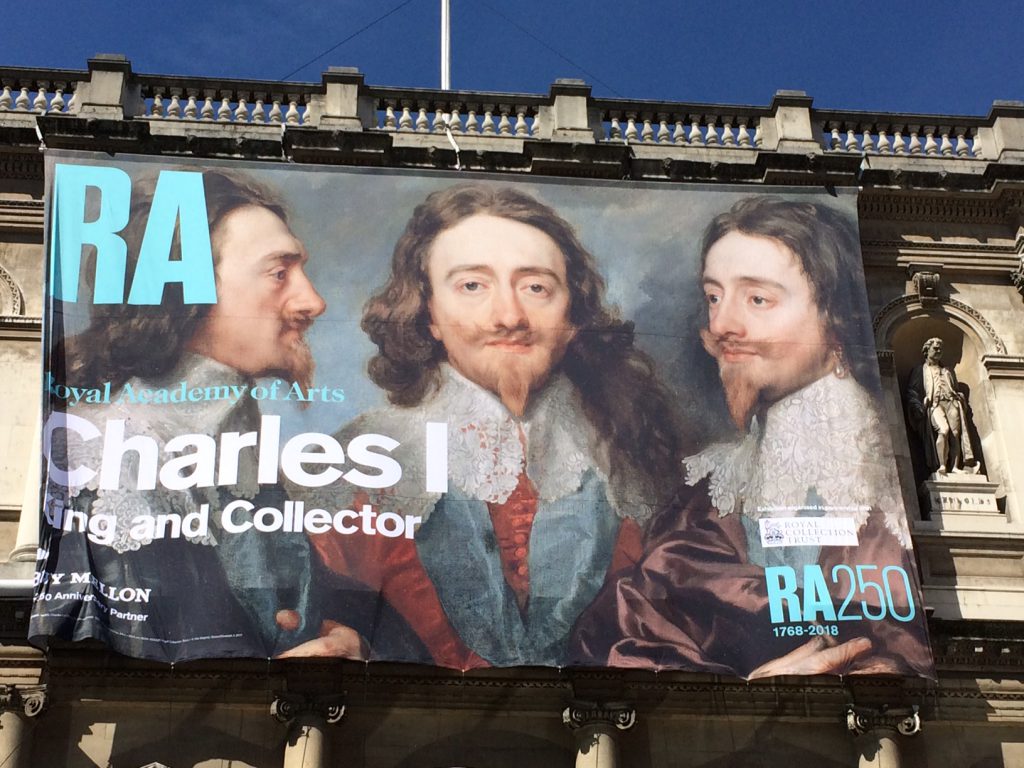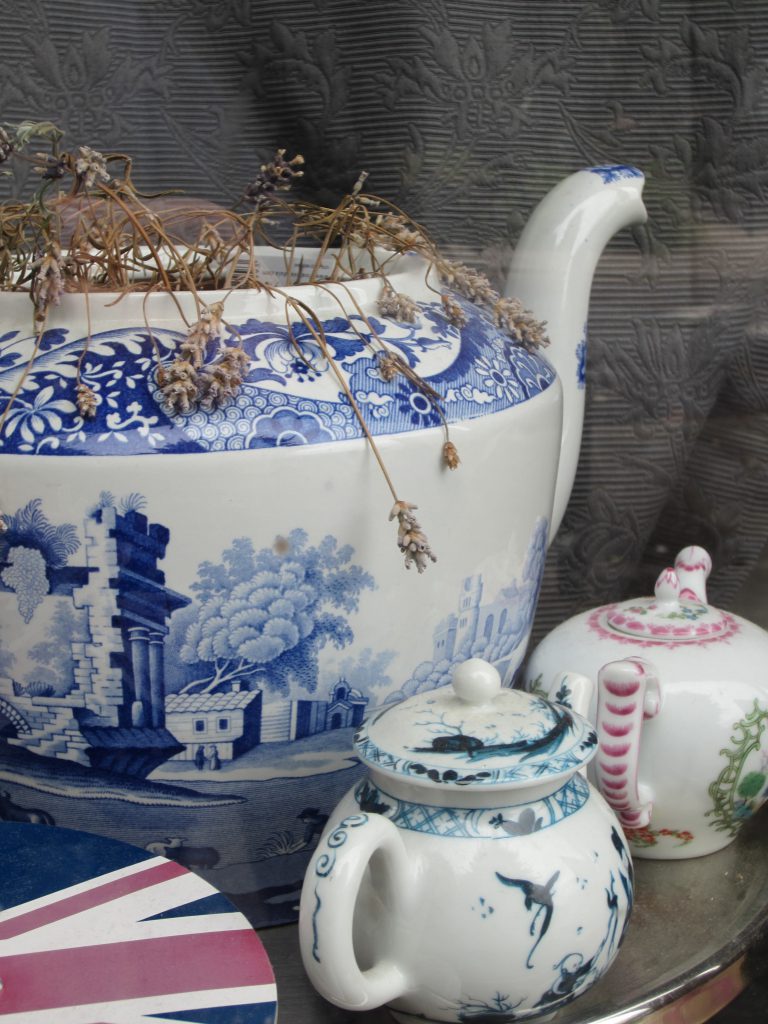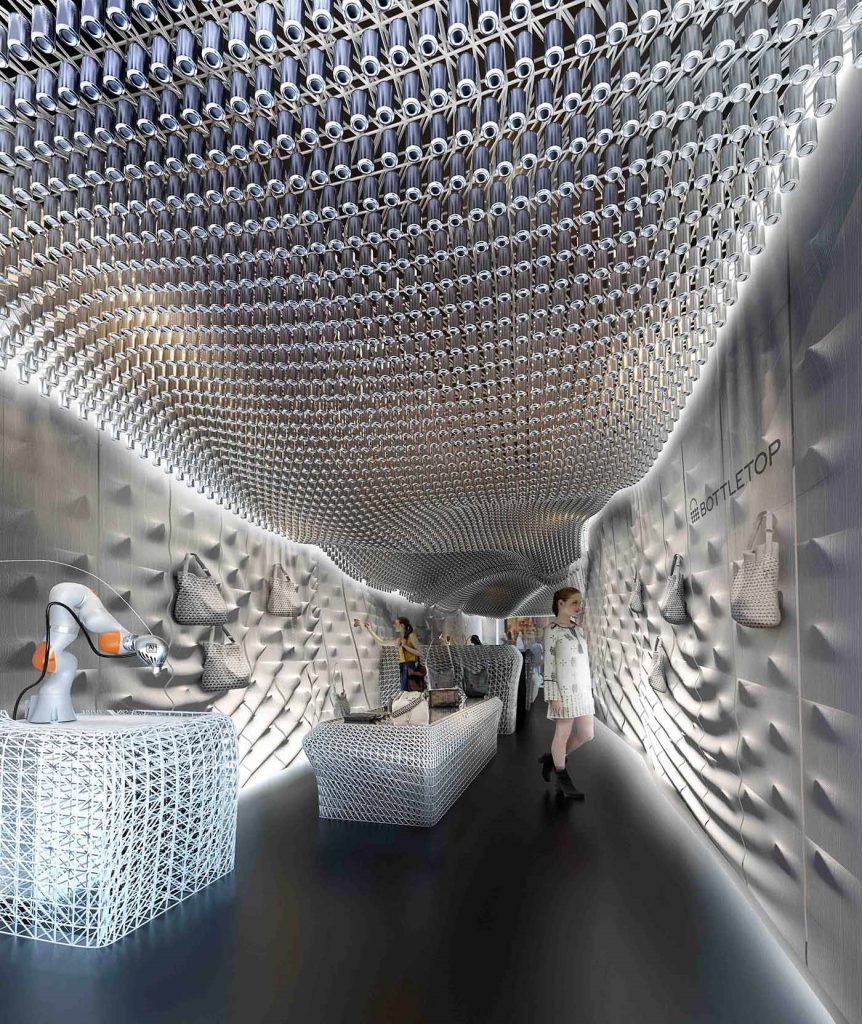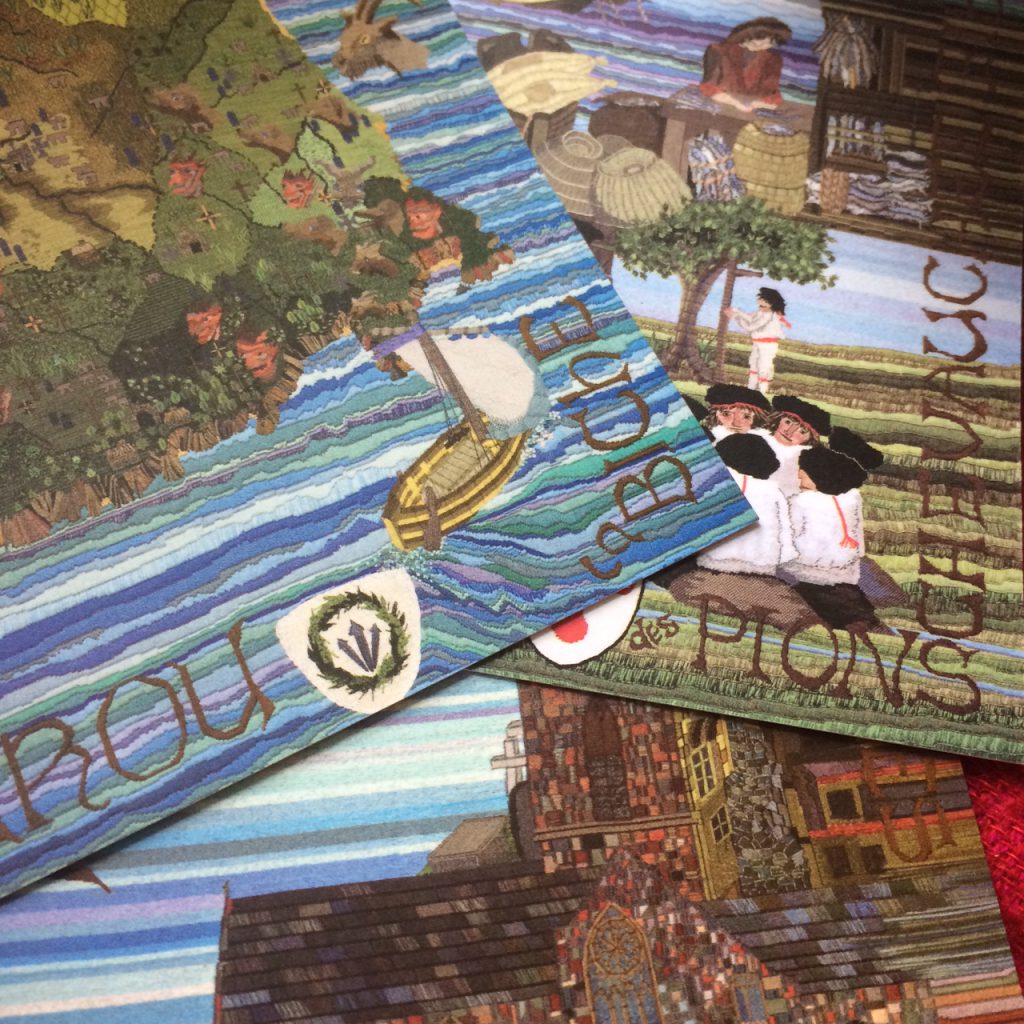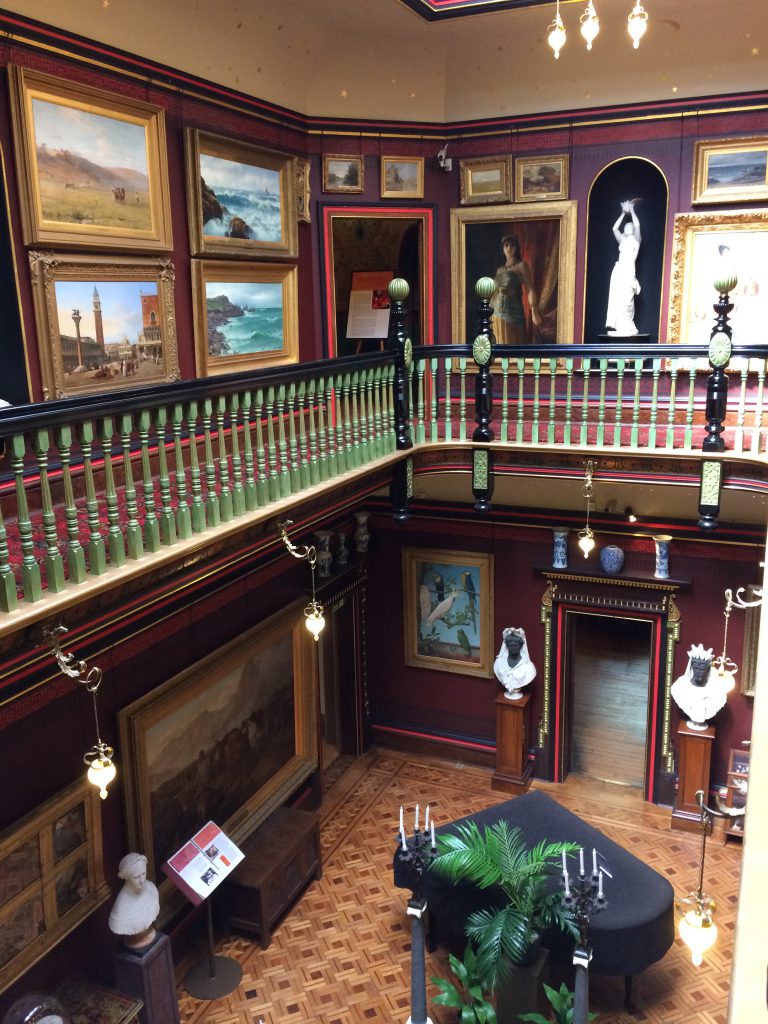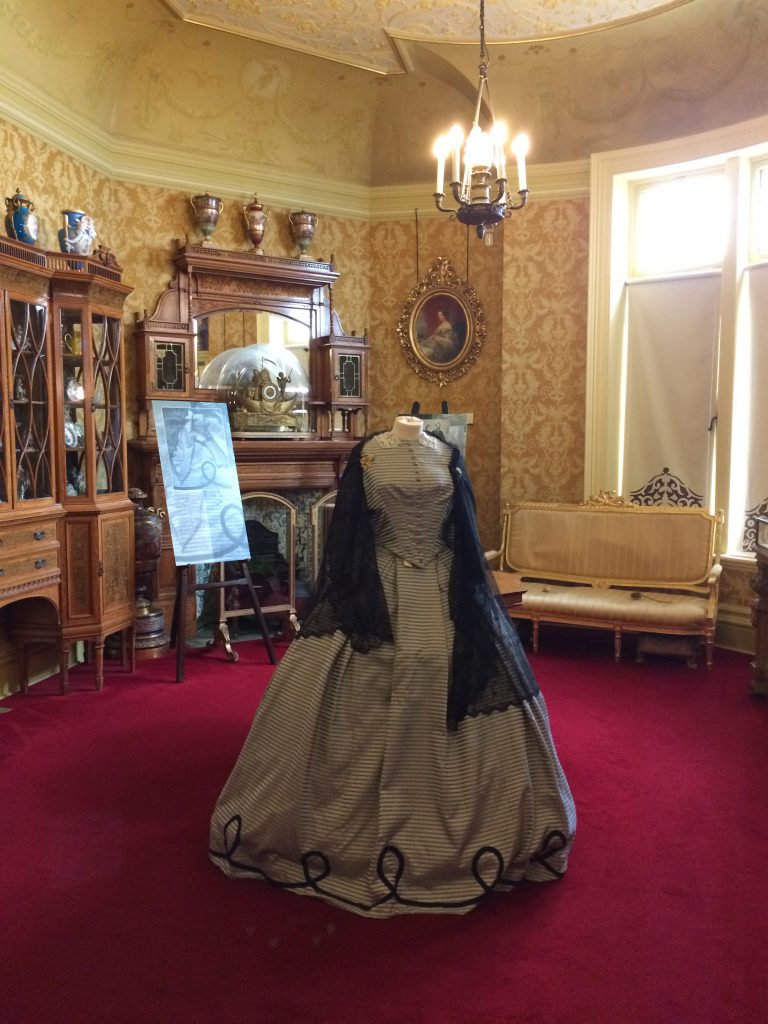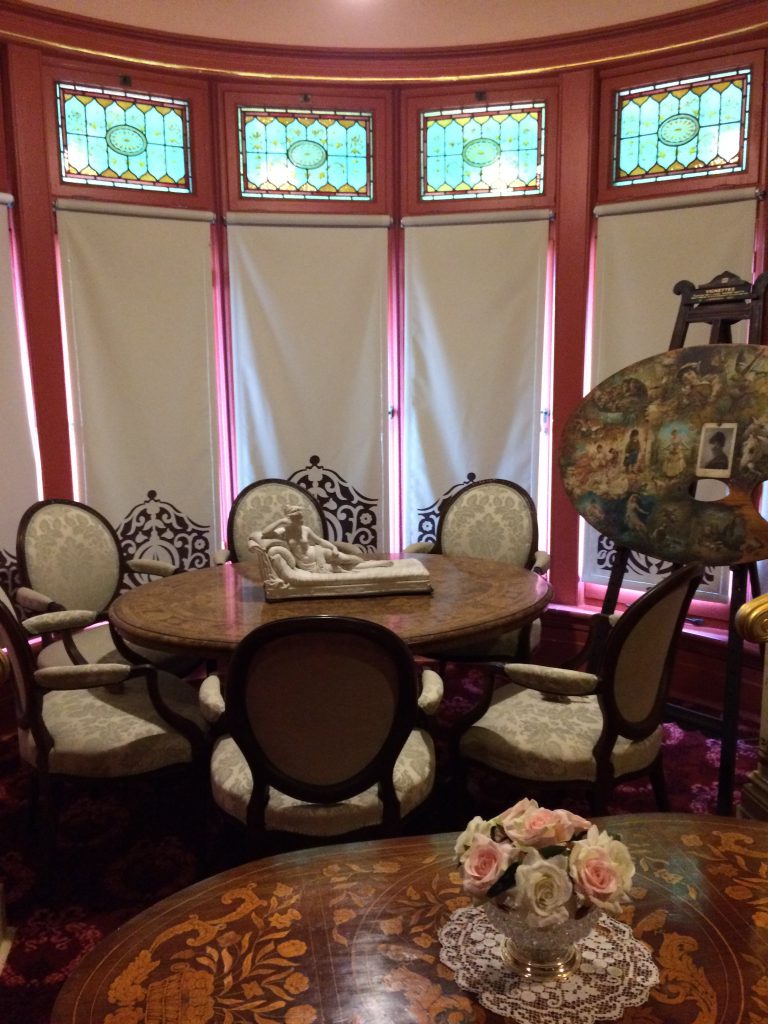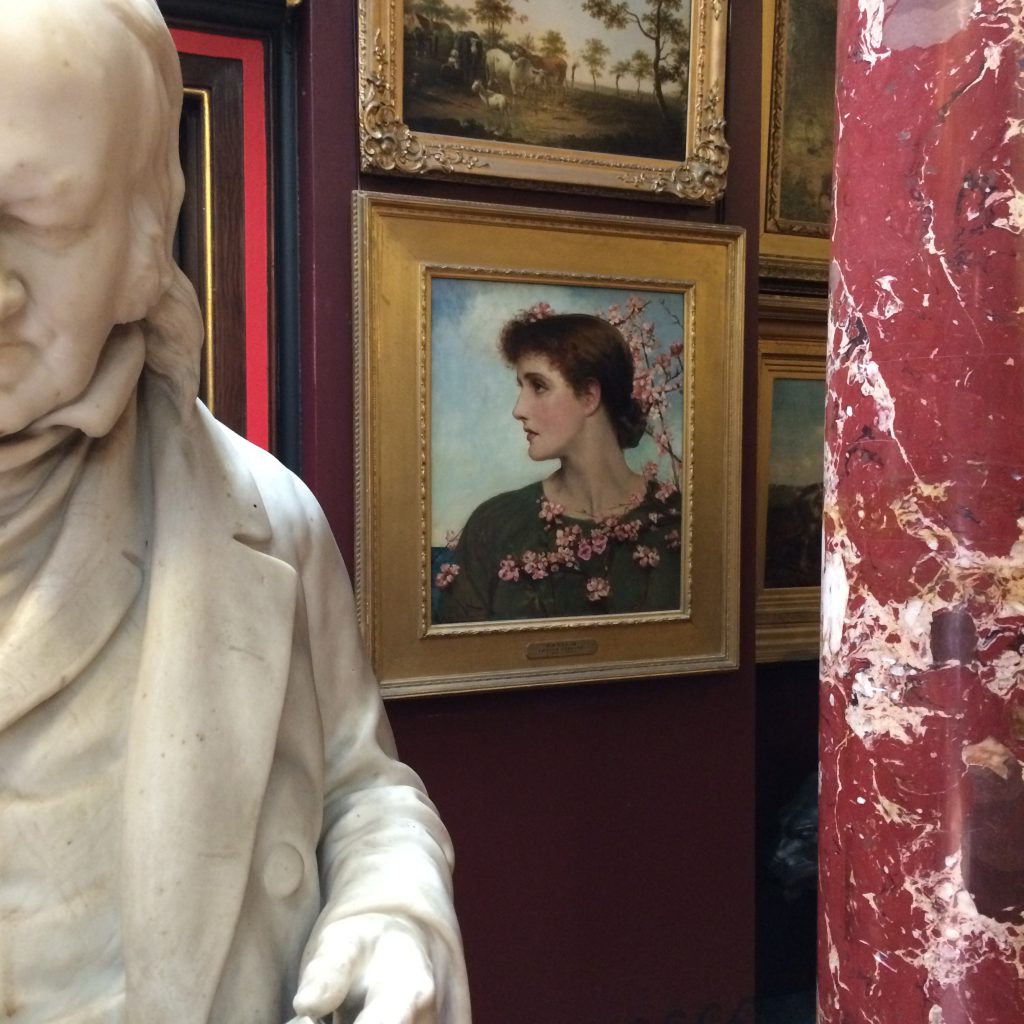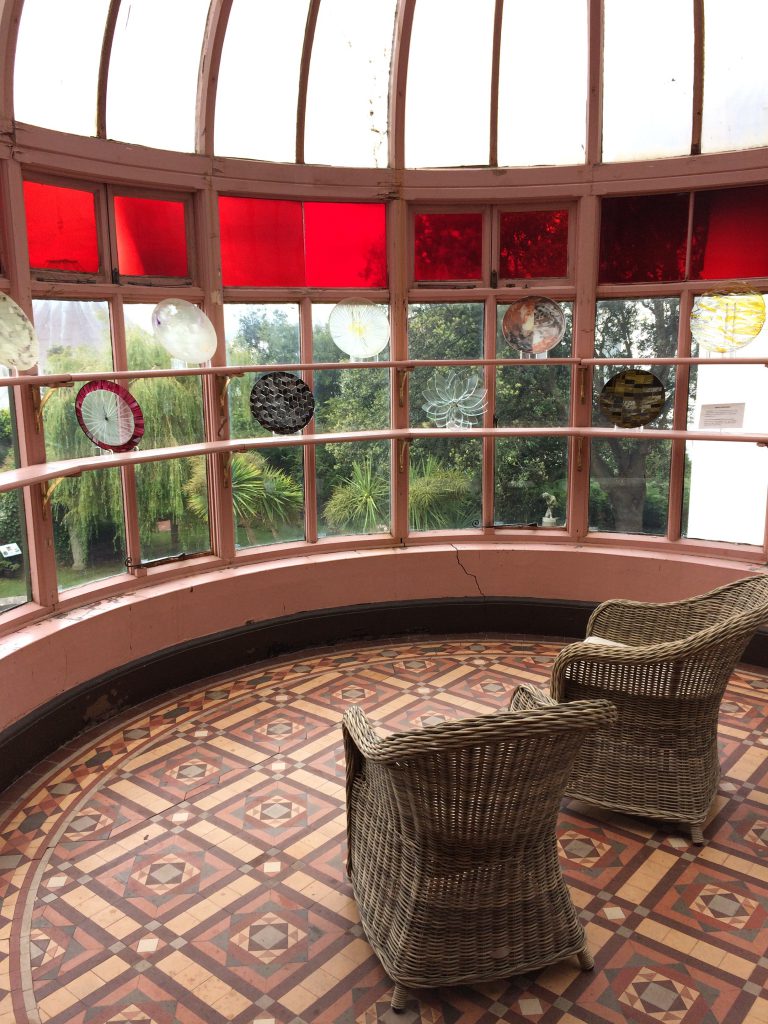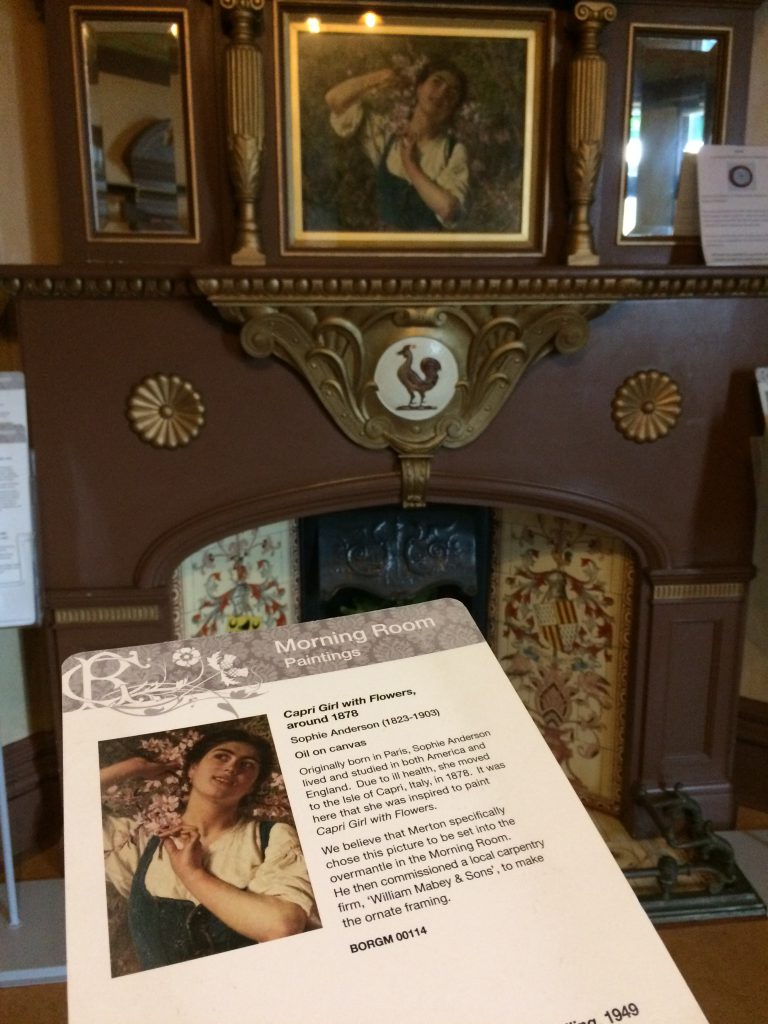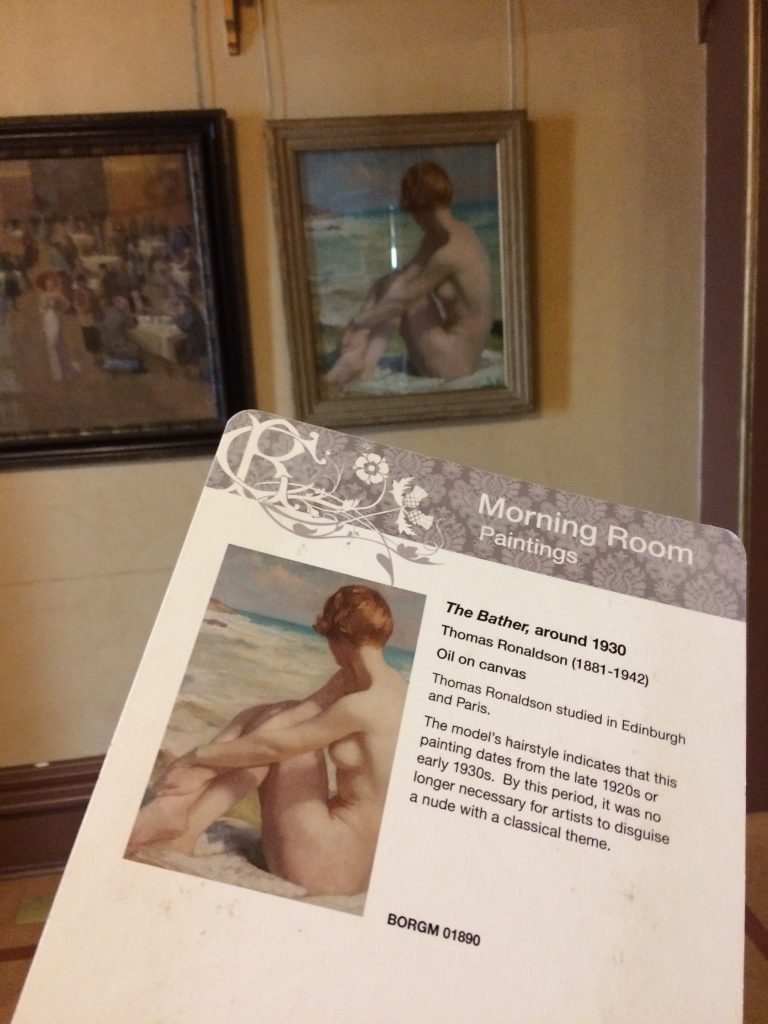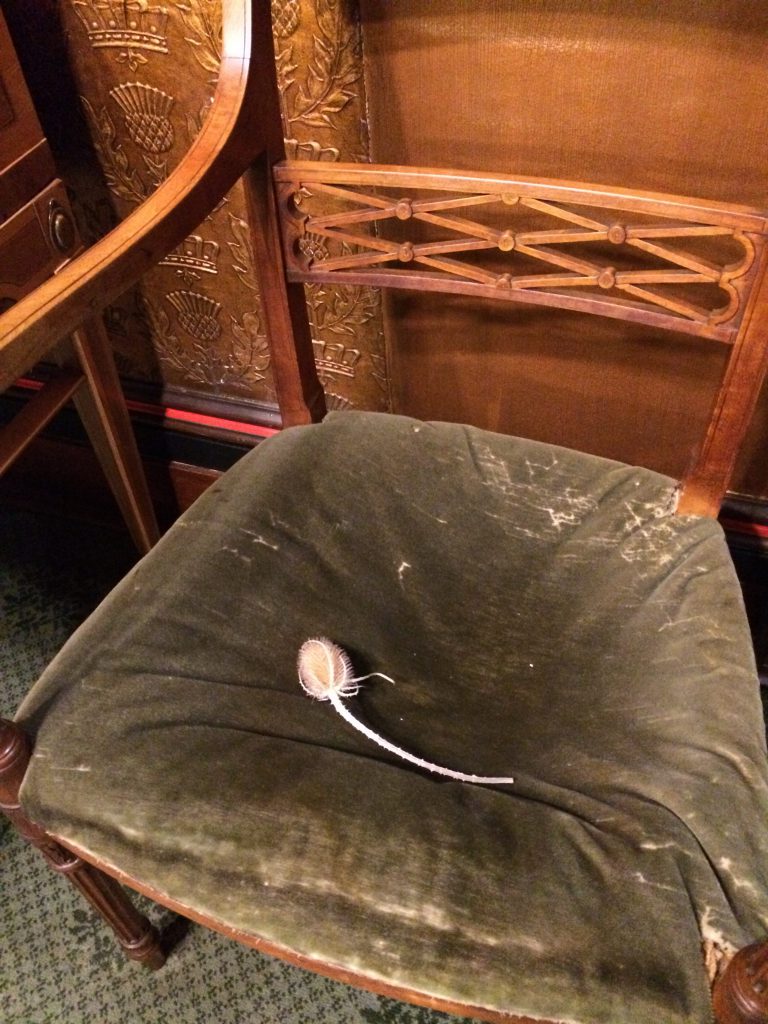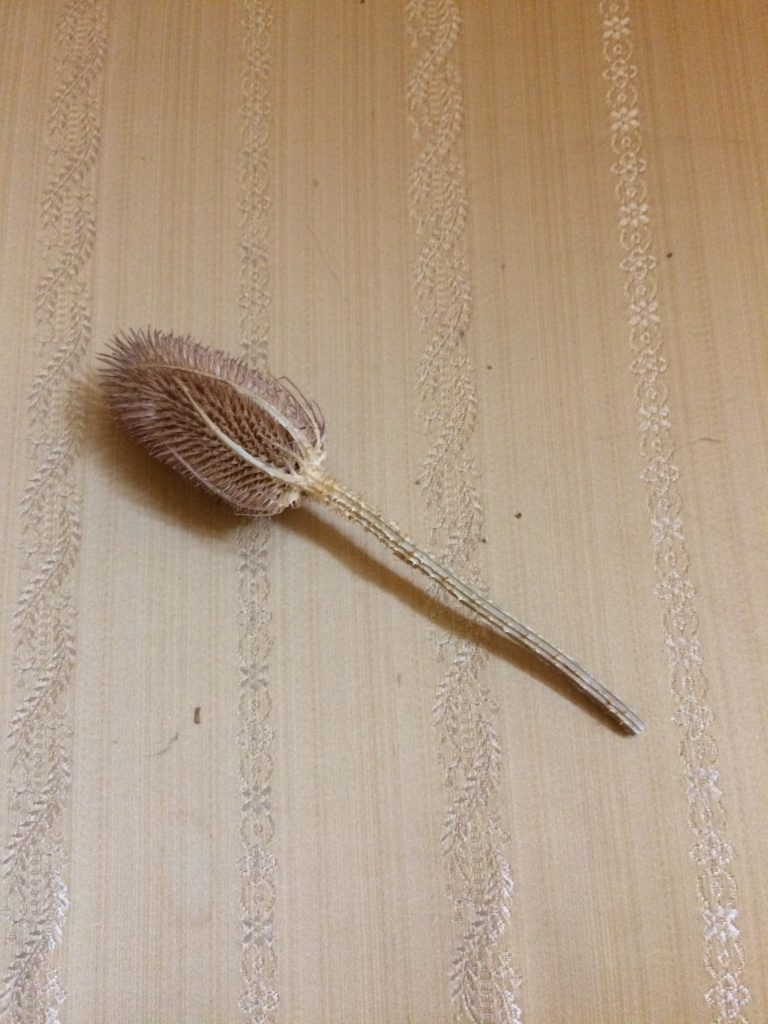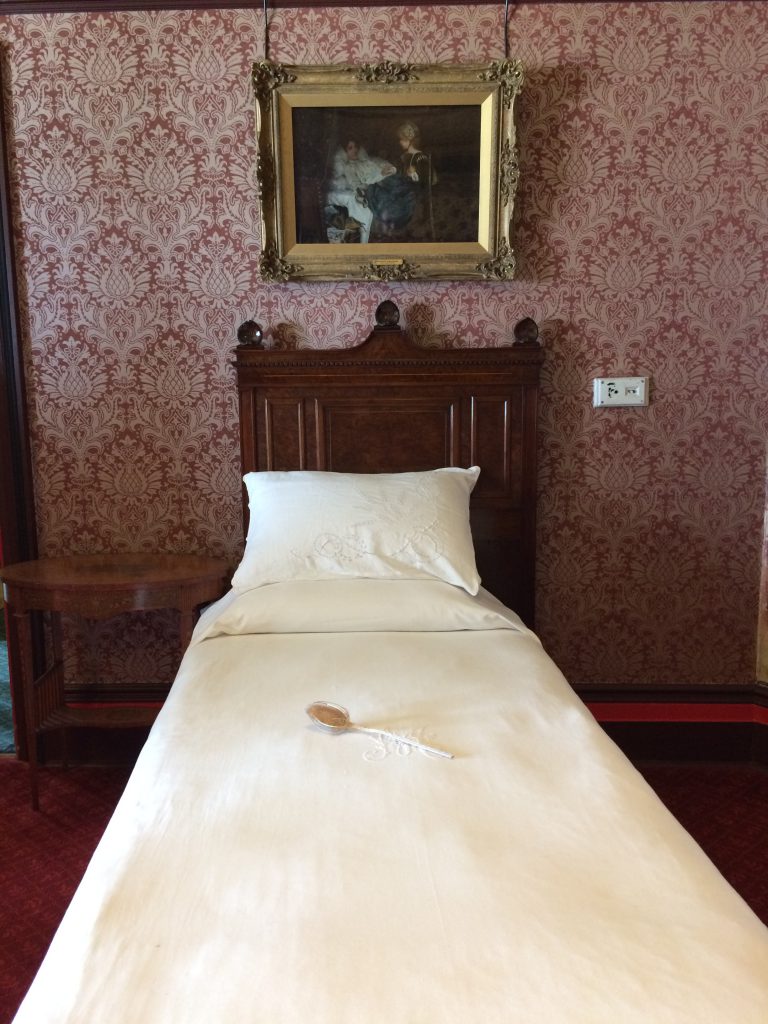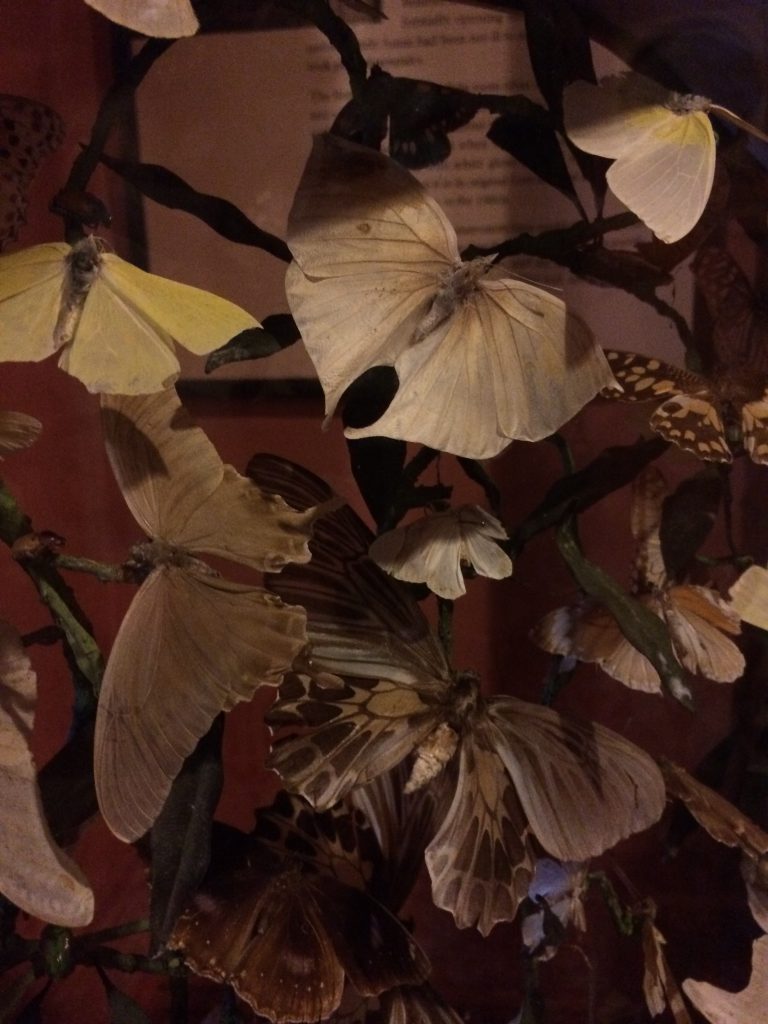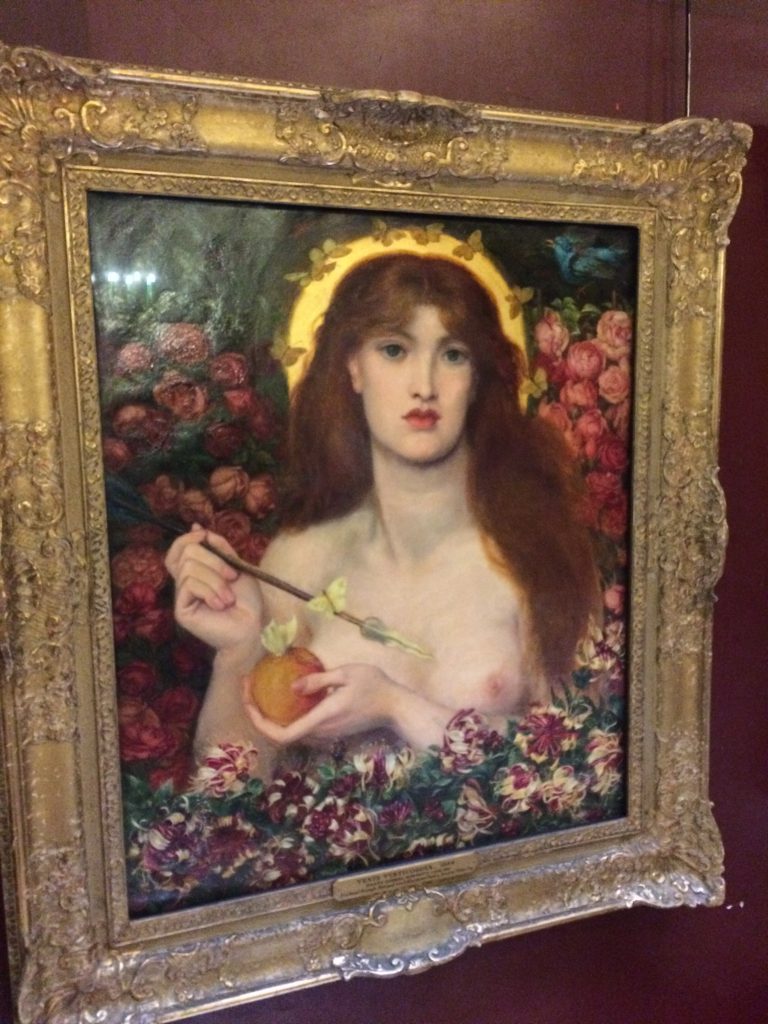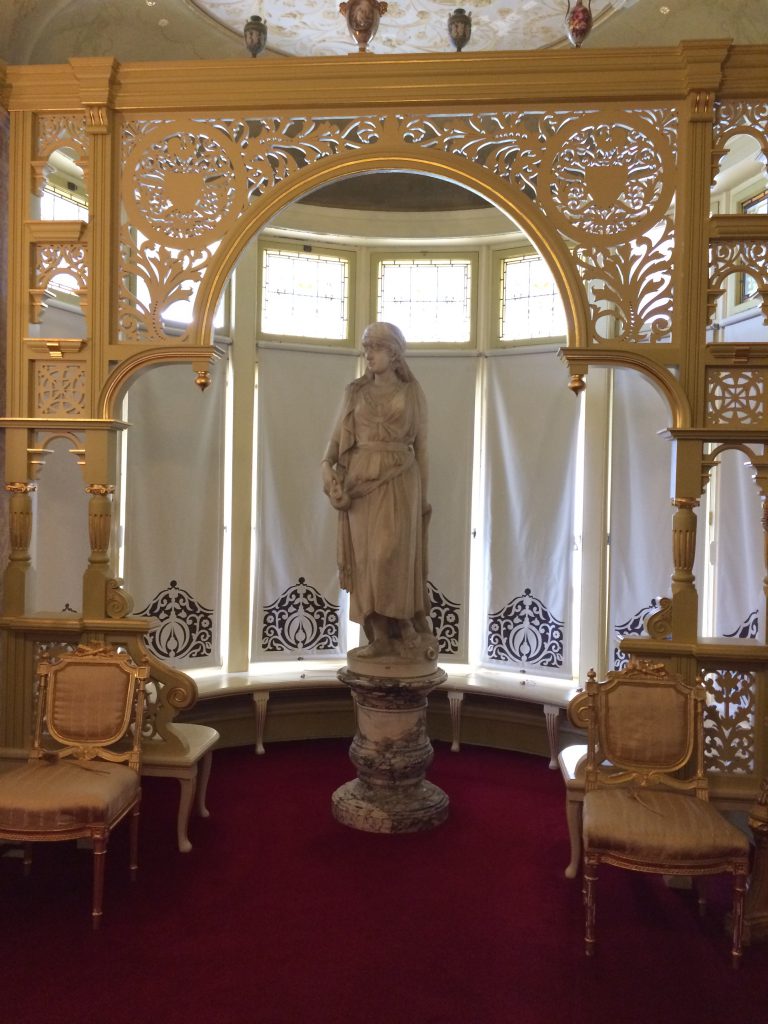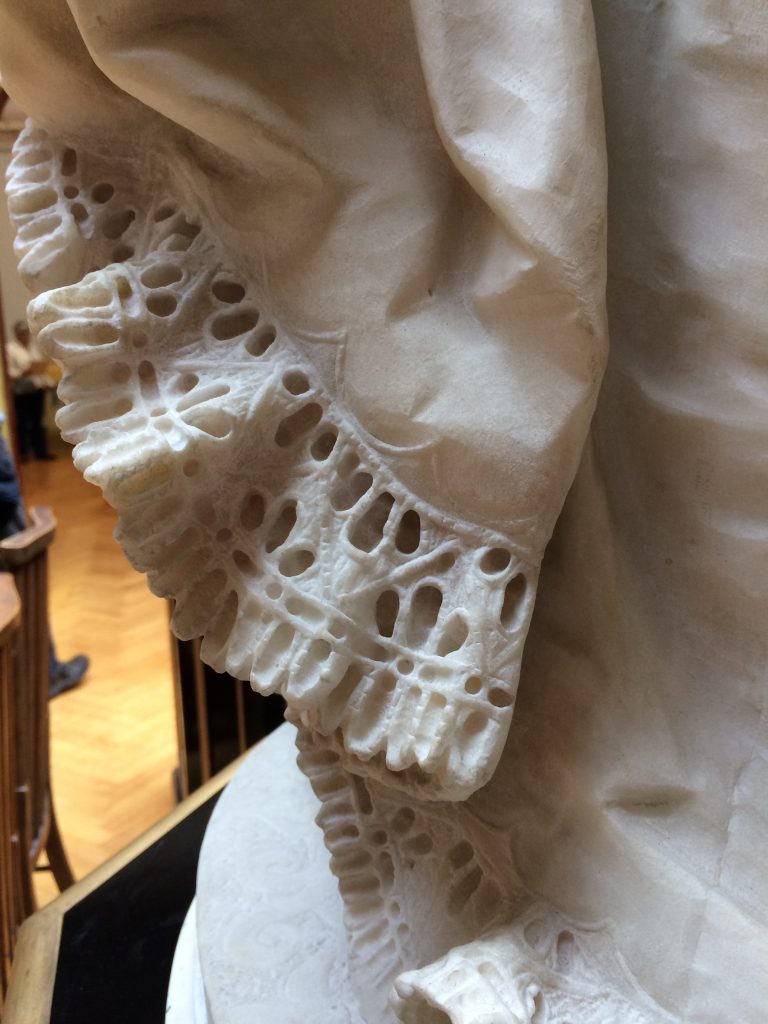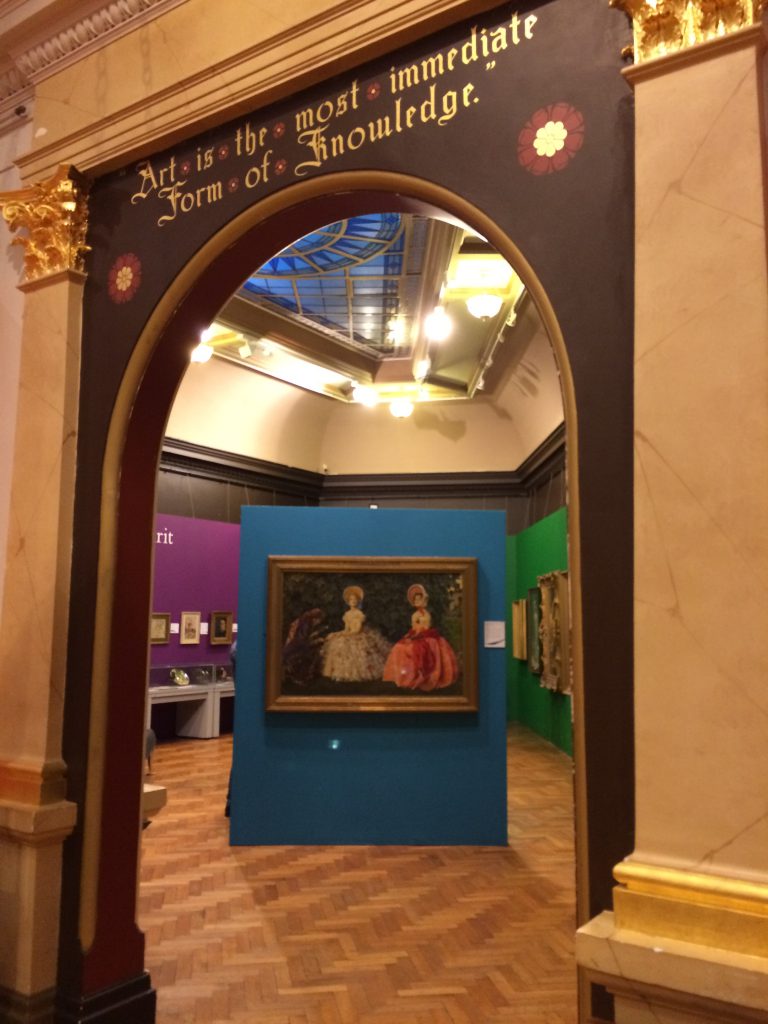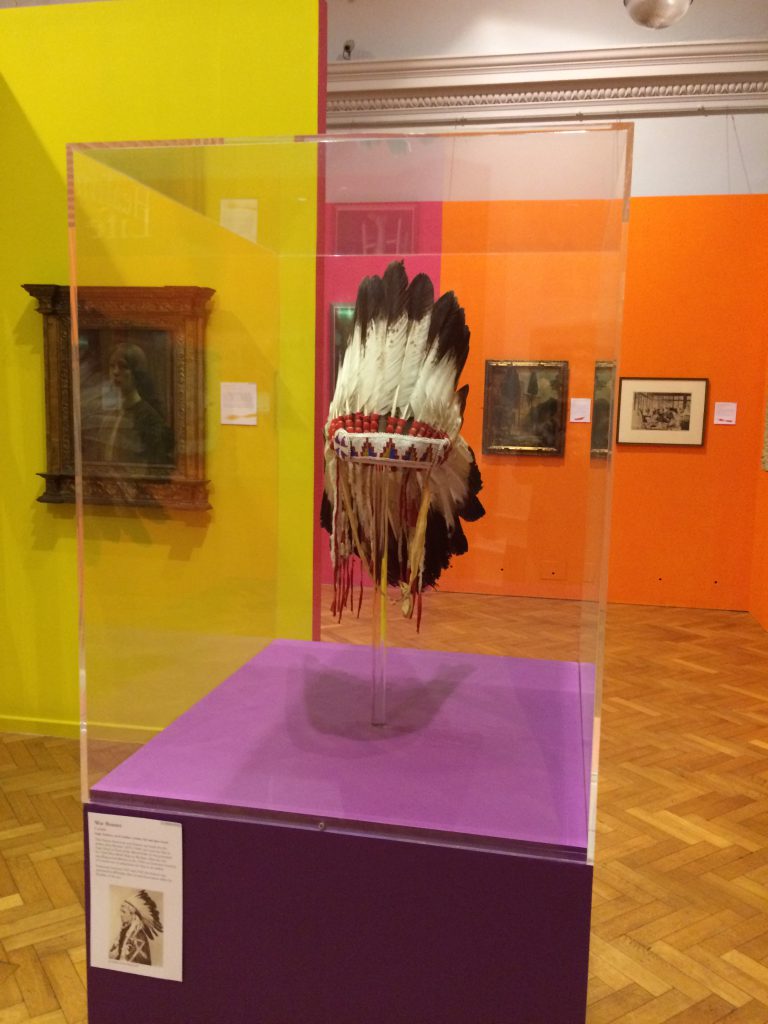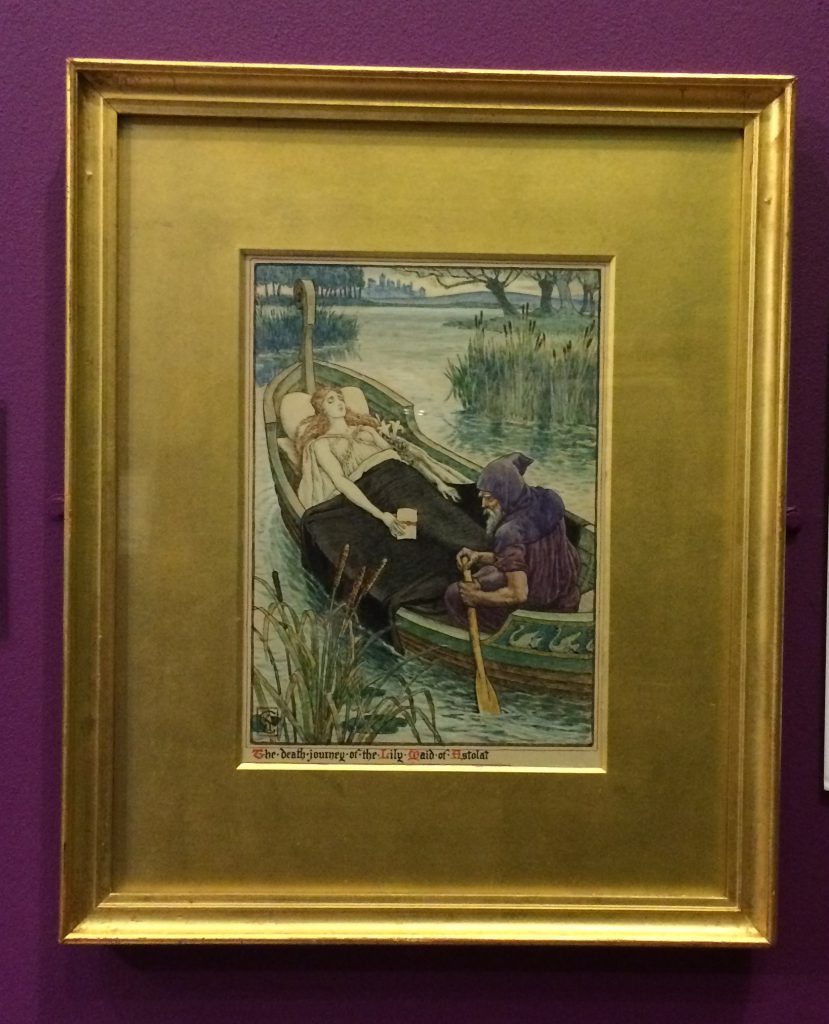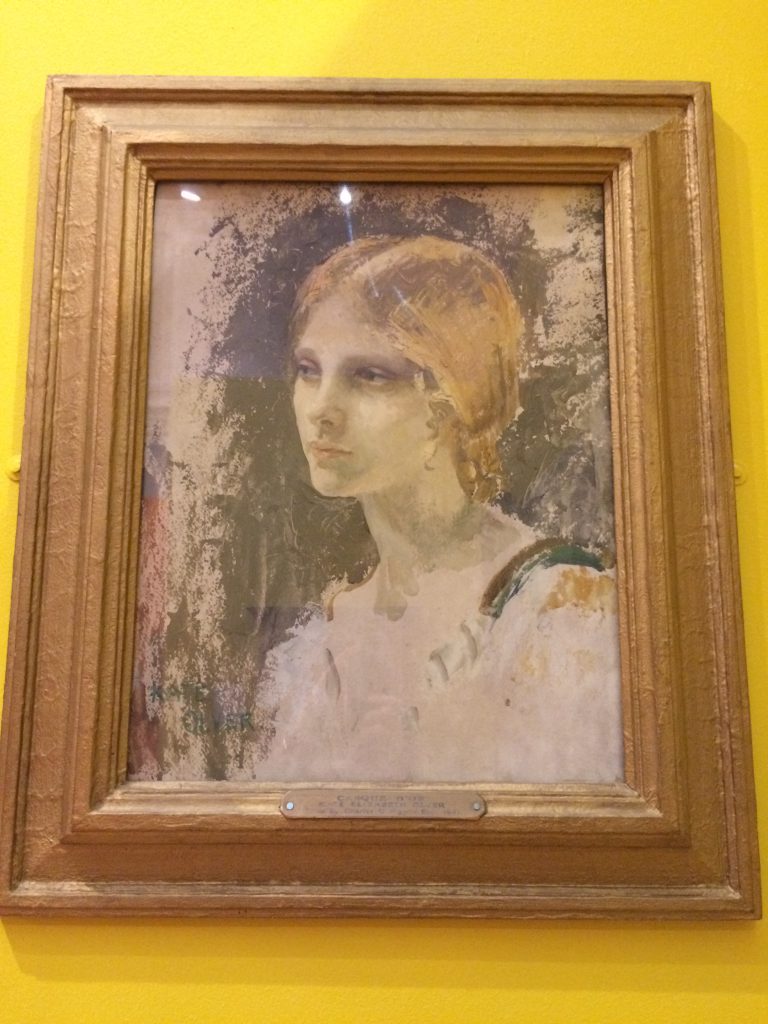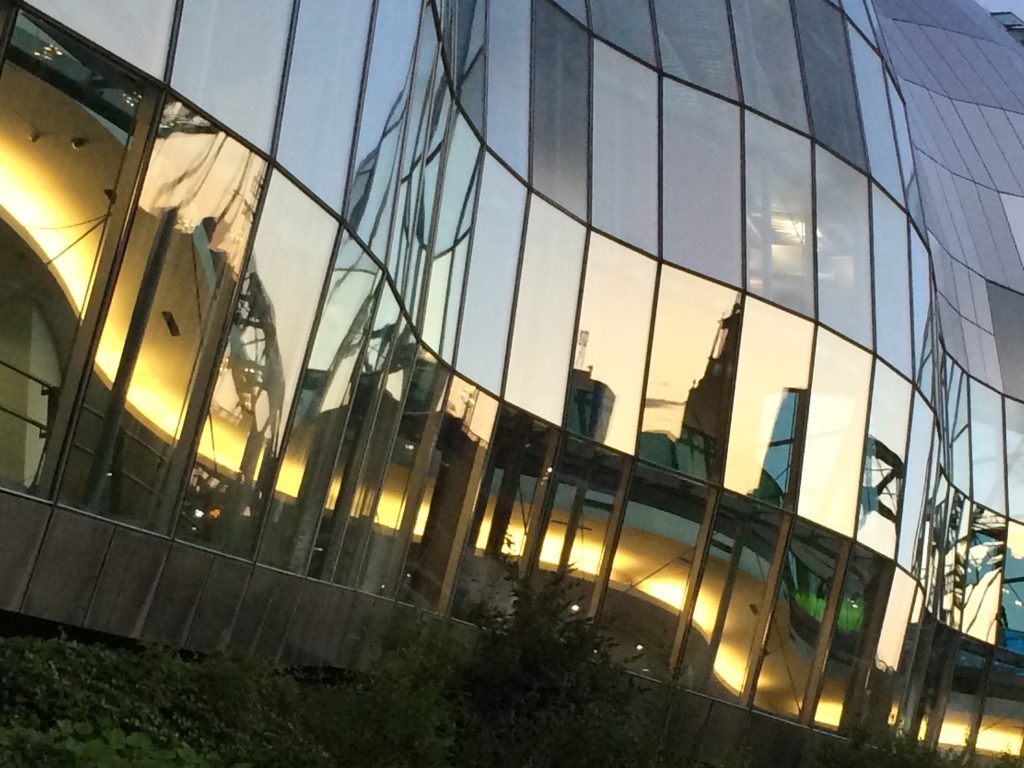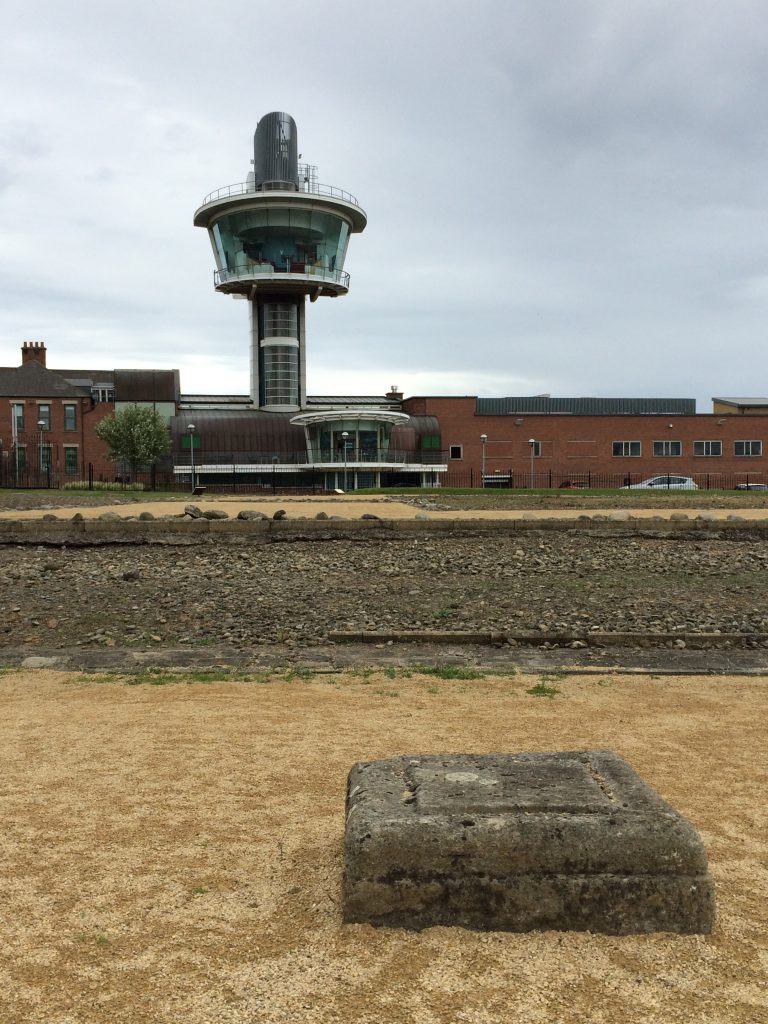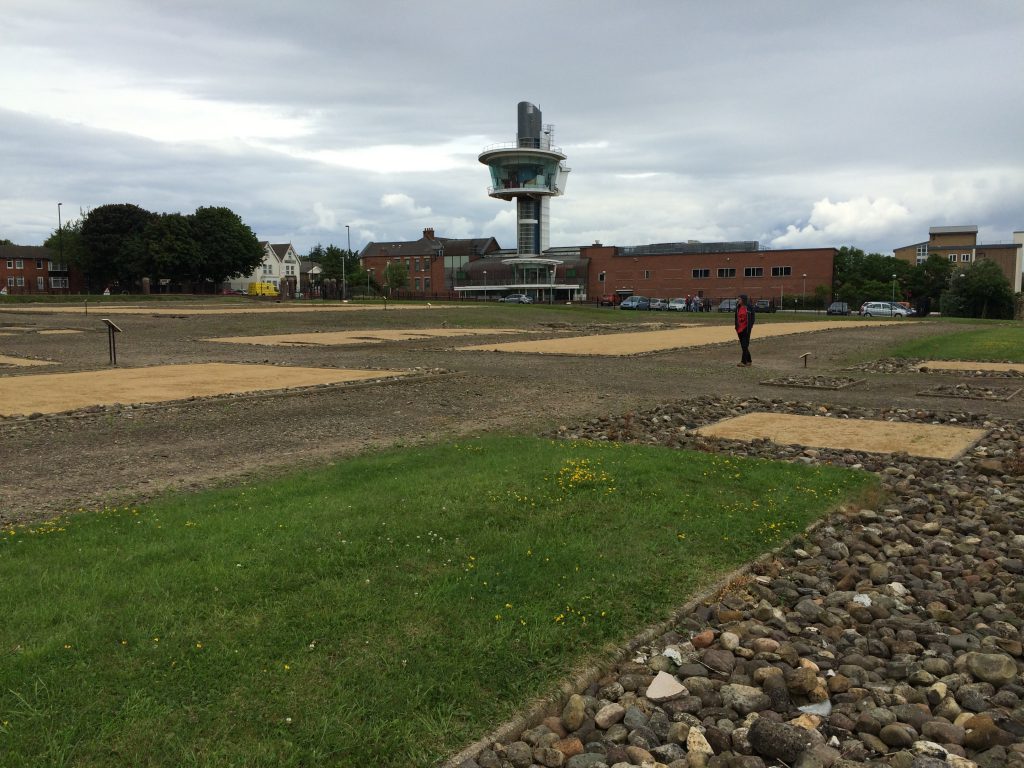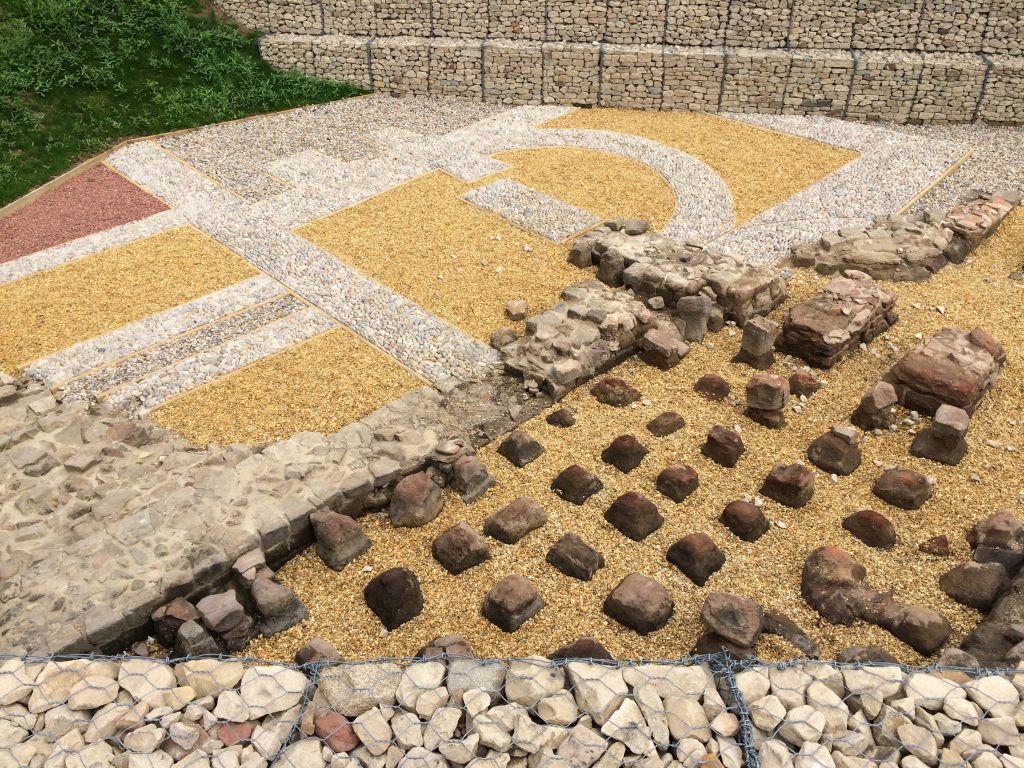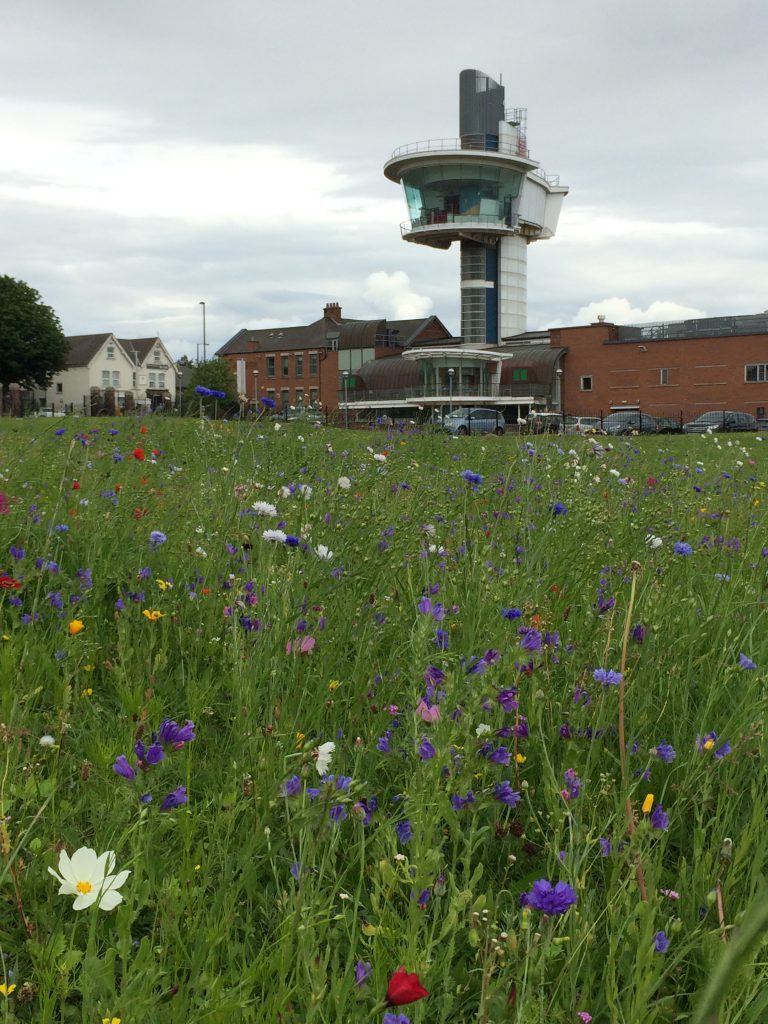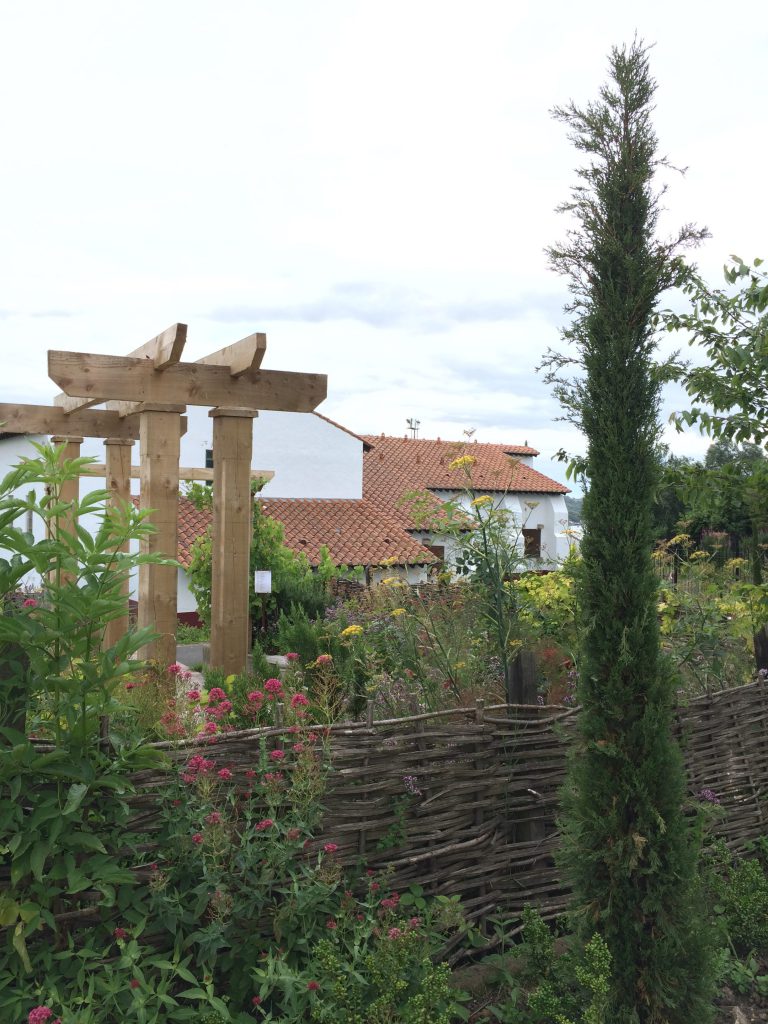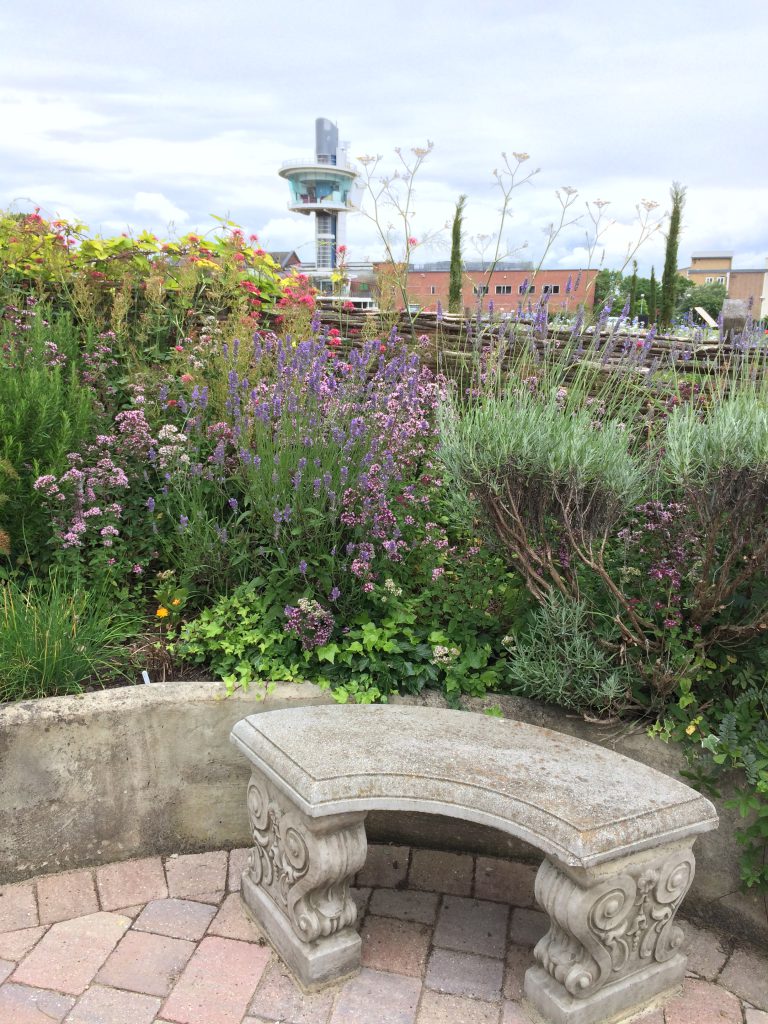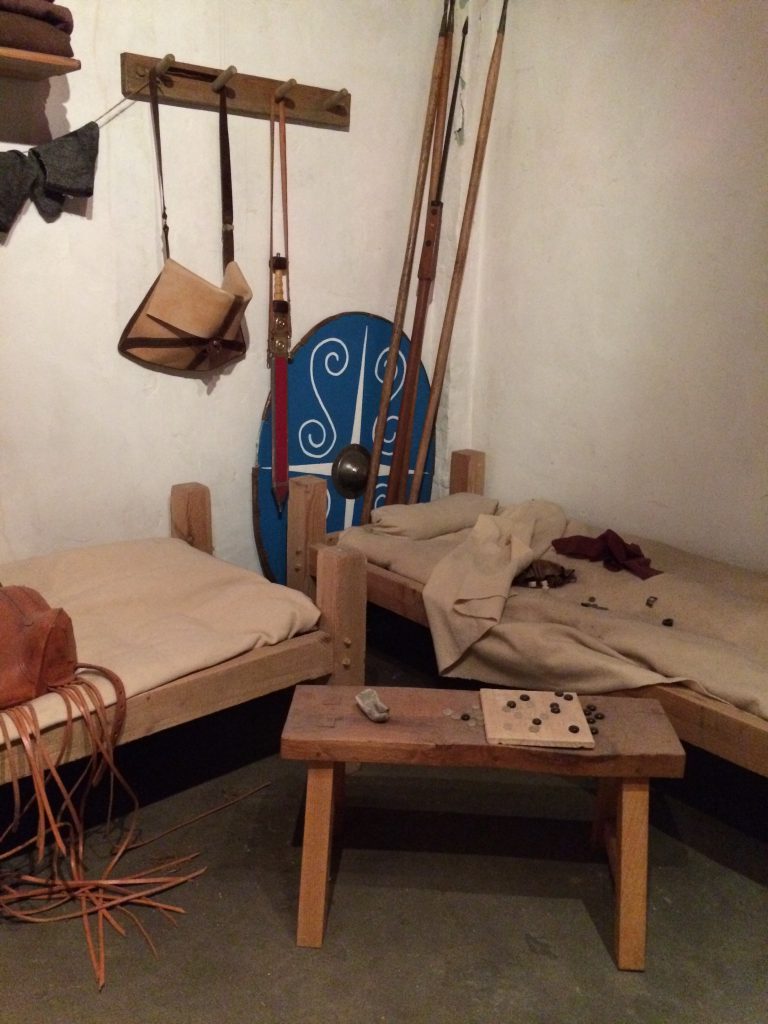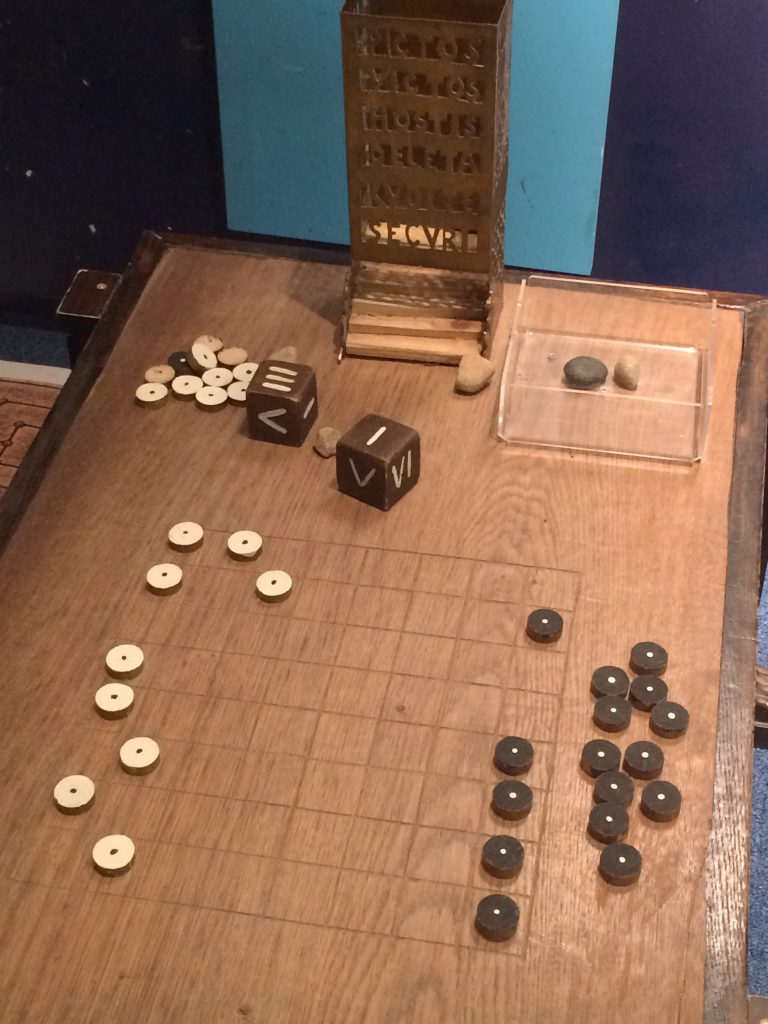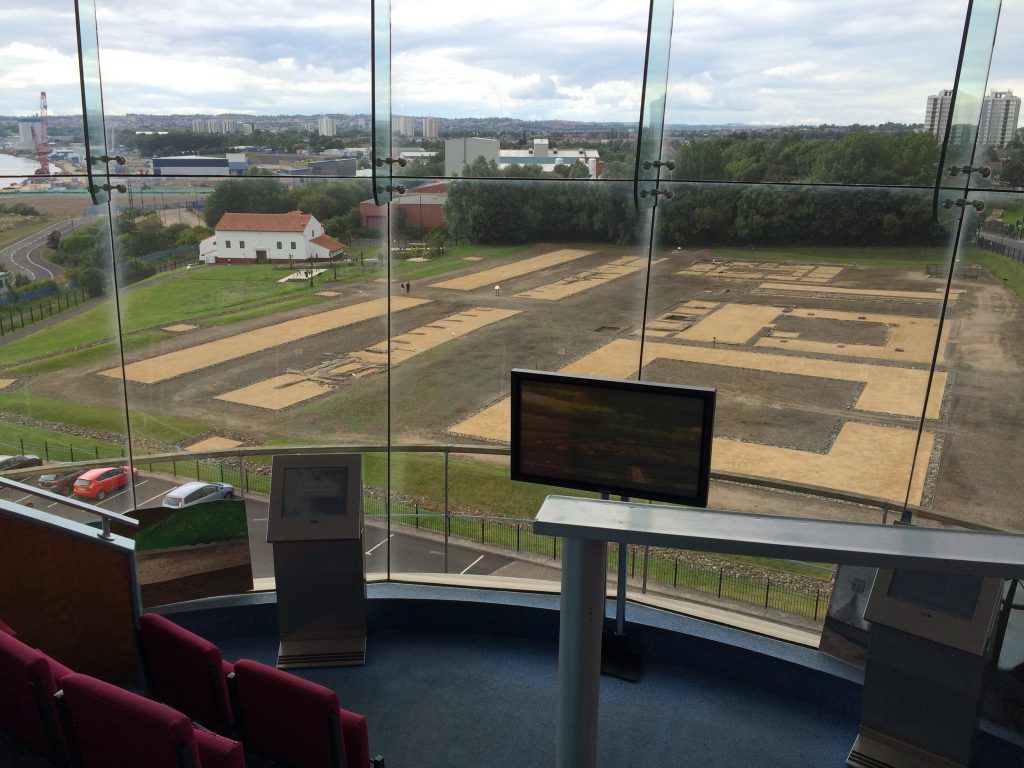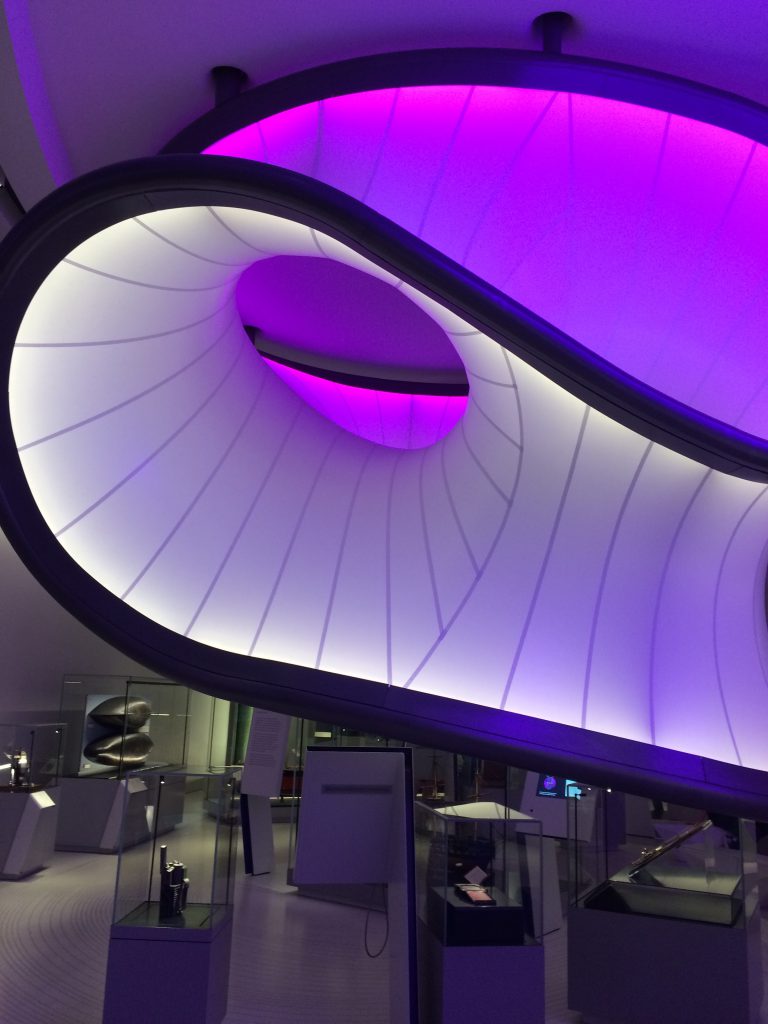
I haven’t been to the Science Museum in South Kensington for some years – 10? 12, perhaps? – so I was looking forward to seeing what new stuff was in store for me and my nephews.
Surprisingly, considering it was the start of the schools holidays, the queue to get in was minimal. A quick bag check and straight through to the entry tills where you can pass through free of charge or offer a donation to the upkeep of the museum (suggested £5 donation per person).
Now I must be honest here – I can’t say I was ever much taken with the Energy Hall in the main gallery. I know they are all big impressive exhibits, all important breakthroughs in their own right, but they never quite got me steamed up! I know my dad would have loved the huge scale models – they were probably there to be seen when he was a boy, and they do suffer slightly from old-world museum exhibit syndrome with a tad of dustiness about them.
Which is a big shame really, because, if like me, you’re not totally enthralled with the grandeur of this massive gallery, then you might be forgiven for thinking it’s going to be a bit of a bland, bygone museum experience. But, oh no, you just need to move on a few metres into the Exploring Space gallery and that, for me, is where this museum starts!
I’m not going to say this is the most perfect gallery of all time, it just resonates deeply with me and my dreams, as a seven-year-old, of becoming an astronaut. (I still have these dreams, but I’m sure now, as then, they’re not too keen to let a chronic asthmatic into space!)

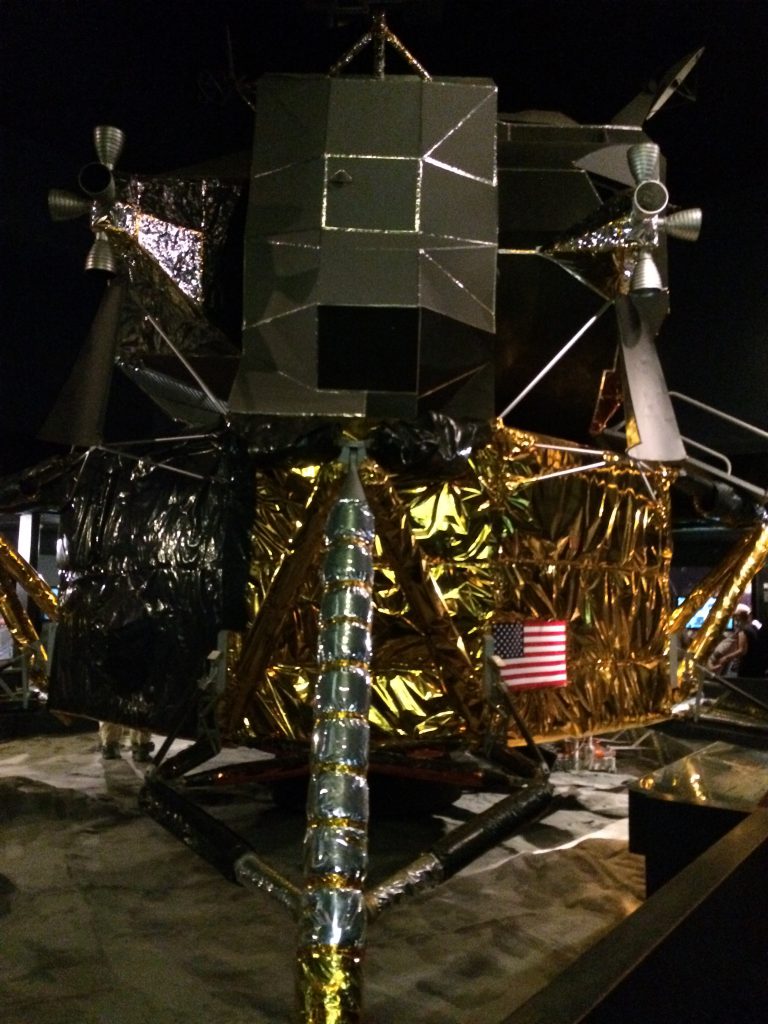
This is a gallery filled with rockets, satellites, a replica of the Eagle Moon lander and dangling planets in a moodily dark atmospheric gallery. I think perhaps the last time I was here, me and my eyes were a tad younger and I didn’t notice how difficult it is to read the information panels beside the exhibits. I can see that they are filled with fascinating facts about the Apollo missions, Sputnik, Valentina Tereshkova, the first and only female to fly solo in space – but I can hardly read a bloody thing. And it gets worse when someone joins you at the exhibit and their shadow falls over the captions!
Never mind, I know most of this stuff anyway, so I can happily chunter on to my nephews, probably boring them rigid in the process.
We have to cut our time in the gallery short because we’ve booked in to the Legend of Apollo experience and need to hightail it through the Making of the Modern World gallery with all manner of transport and technology, stopping briefly for a pee stop and to take a photo of Stephenson’s Rocket.
We file into a small room and start with an explanatory film about the missions to the moon before moving in to the Discovery Motion Theatre, picking up our 3D glasses on the way to experiencing the animated journey in a multi-sensational, chair rocking, 3D, surround-sound spectacle.
It was fun and a little unexpected – I thought it was just a film! – and we filed out and straight on to a second 3D experience in the enormous IMAX theatre on the top floor. From the IMAX films on offer, we chose A Beautiful Planet. Who doesn’t enjoy a 3D film? No-one can criticise the amazing effects and the scale of the experience, but I think I have to criticise the makers for being a tiny bit misleading with the name of this film. I think perhaps ‘Good bits of IMAX film from space tied up in a tenuously linked storyline about Earth, and perhaps Mars, and a lot about the International Space Station’. Obviously, A Beautiful Planet is catchier!
Footage of Earth from the Space Station is always impressive – night shots of cities, beautiful oceans and awesome weather conditions, but the IMAX experience was disappointingly ‘flat’. The best footage of Earth was taken from ground level over the oceans and across mountain ranges which then morph into Mars – possibly to reinforce the environmental message of the dangers of climate change.
The best footage, however, comes direct from the ISS with astronauts, boxes, oranges and all manner of debris floating before your 3D specs. My verdict – great footage, bad plot, but highly enjoyable nonetheless.
From the IMAX theatre, we hit the Deep Blue Diner for lunch – nice salads on offer here, a selection of burgers, kids’ menu – with waitress service in a moodily-lit, vibrant blue corner of the Wellcome Wing. Tasty!
After a nice relaxing lunch, we hit the trail again. Retracing our steps we head for a closer look at the Rocket and move on to inspect Tim Peake’s capsule with its charred shell and enormous parachute. Casting my mind back a couple of hours to our Legend of Apollo experience, I feel I can appreciate the scars and the scale of the craft a little more (even if I’d still like to experience the real thing for myself!). What I love most about the Soyuz TMA-19M descent module is its lovely art deco shape. Obviously, the design of the capsule follows all the rules of fit-for-purpose. There’s no concern for superficial styling to make it look nice – it has to be designed to fit in the nose of the Soyuz rocket, attach snuggly with the ISS and return to Earth safely though the planet’s atmosphere, withstanding temperatures of 17,000°C. So there’s no option of a pretty rose window or an Art Nouveau-style handle, but strangely, it looks so stylish that the landing capsule could have come straight from a Tintin novel or even from the mind of HG Wells. For me, the highlight of the visit!
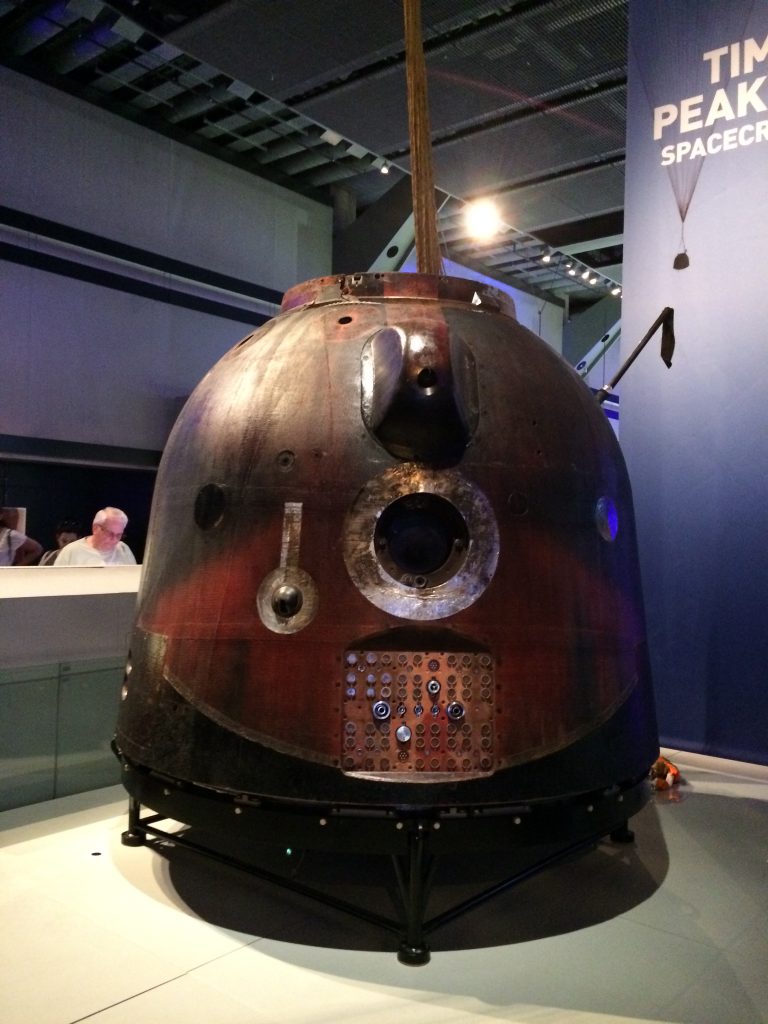
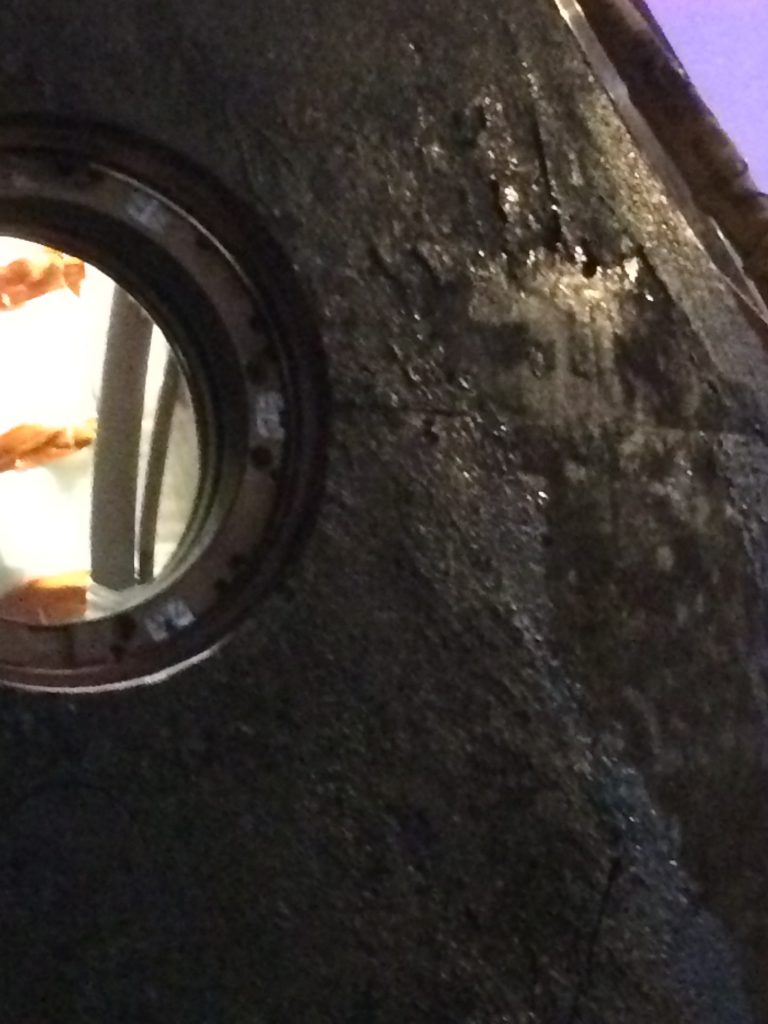
We wander aimlessly into places that look exciting to the boys. The Flight gallery is a favourite, with its history of flight from balloons as depicted on commemorative china, which I loved, while the boys were off examining the cockpit of a 1943 Douglas DC-3. Raised walkways make the most of the exhibits from Amy Johnson’s Gypsy Moth to the Hawker P1127.
The boys pass up on the chance to ‘fly’ in one of the simulators – they’ve just had lunch and don’t want to lose it. There’s also a virtual reality space descent following Tim Peake’s return to the planet, which we’ll leave for another day as I seem to be the only one interested. We also leave the Wonderlab, skip the Information Age gallery, pause for a while in the Mathematics gallery to rest on the benches and admire the amazing canopy designed by Zaha Hadid Architects. The undulating 3D forms are inspired by the in-flight air currents of the 1929 Handley Page ‘Gugnunc’ aircraft at the head of the gallery. Illuminated by a constantly moving violet light, the whole gallery has such an hypnotic effect, that I almost had to force myself to look at the other exhibits.
We ended up on the top gallery overlooking the main Energy Hall. The interactive Energy gallery keeps us all entertained, and it’s a shame that some of the consoles are out of action. While the boys try out all the exhibits, including the Do Not Touch installation (which, of course, just cries out to be touched!), I go for a quick whizz around the watches in The Clockmakers’ Museum. A bit of a weakness of mine – clocks, globes, orreries, astrolabes… In reality I know nothing about their workings, I just like looking at them!
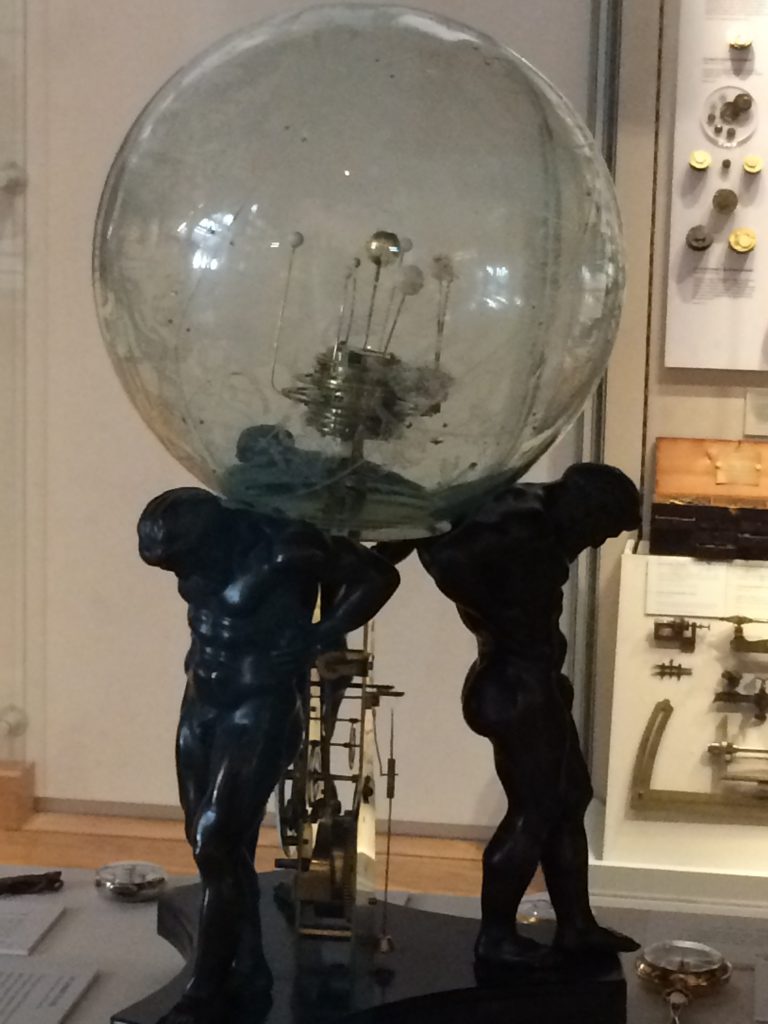
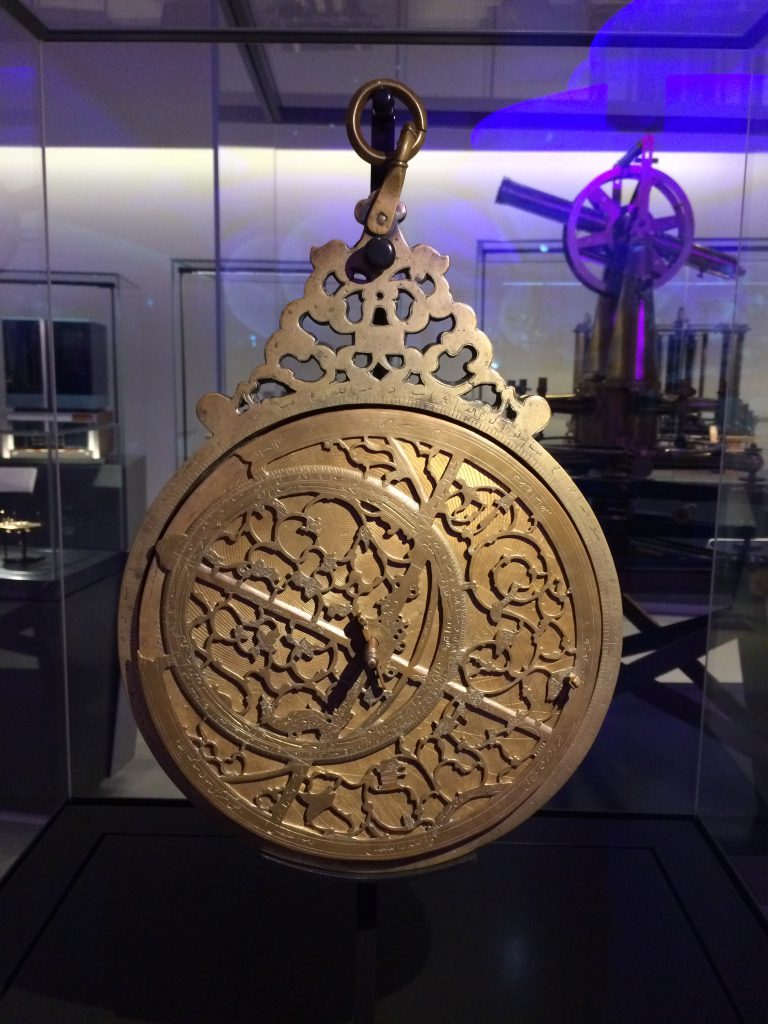
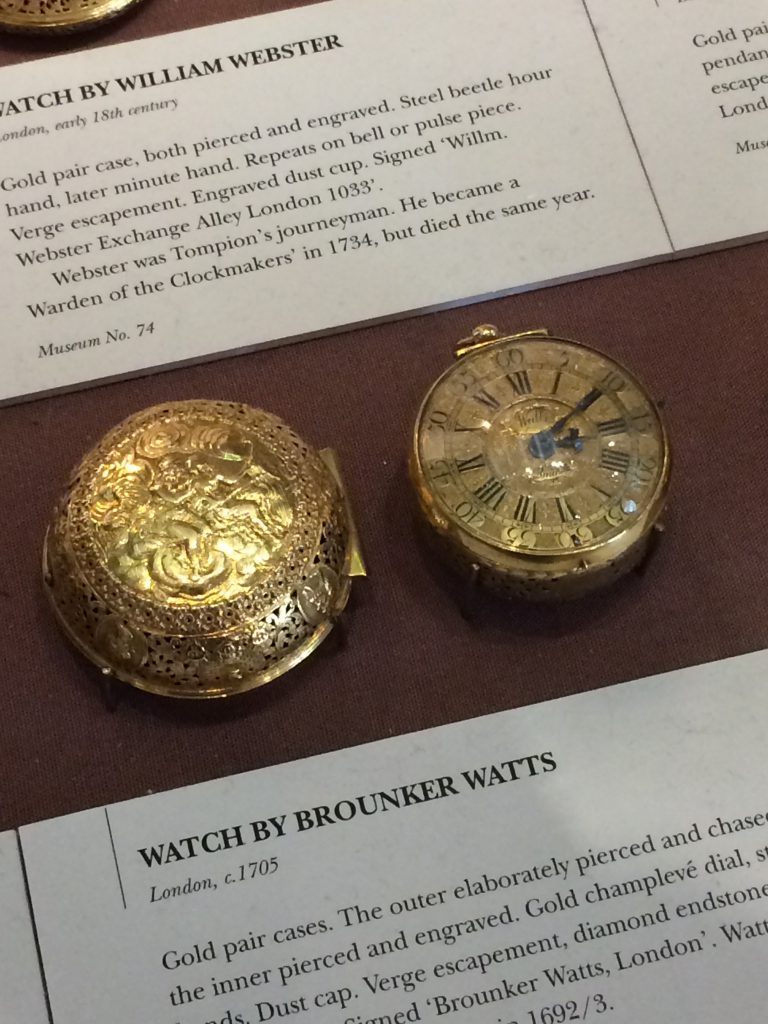
It’s interesting that in a museum where often the overall design of the individual galleries outdoes some of the exhibits therein, here we have a relatively old-fashioned display of clocks and watches packed into cases. Some of the delicate pocket watches are exquisite, but there are far too many of them to appreciate each one. Instead I jump from case to case, picking out my two or three favourites and reading about them. There’s also one of John Harrison’s early marine chronometers and a wonky little orrery tucked inside a glass globe that grab my attention before I return to the boys in the Energy gallery.
So we leave with, I reckon, only one third of the museum covered. There’s plenty for a return visit… the Robot exhibition, the Statoil Gallery, I didn’t get to visit my favourite home appliances in The Secret Life of the Home gallery in the basement – and then there’s the new Medicine gallery due to open in 2019.
So plenty of reasons for a return visit!
